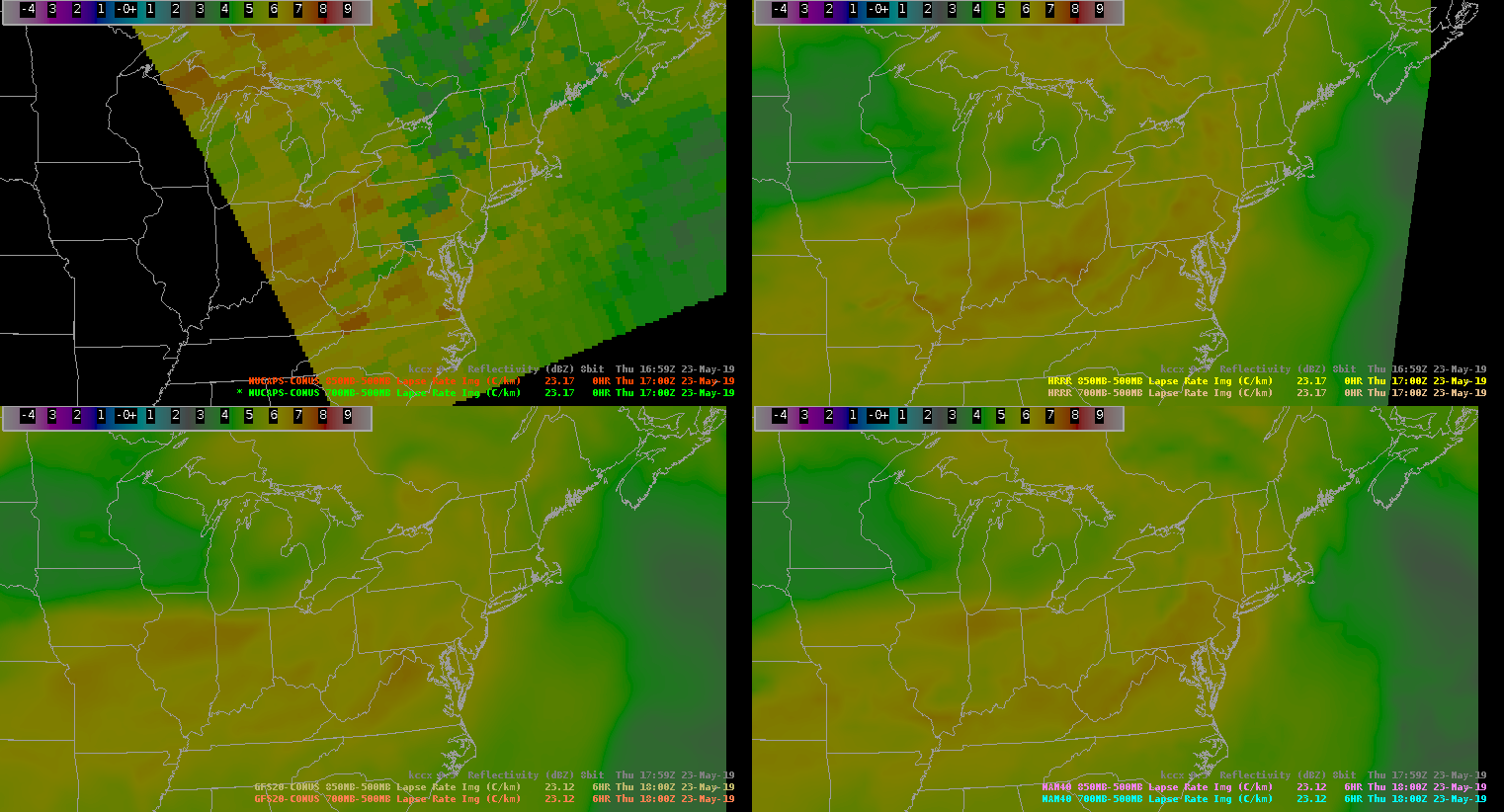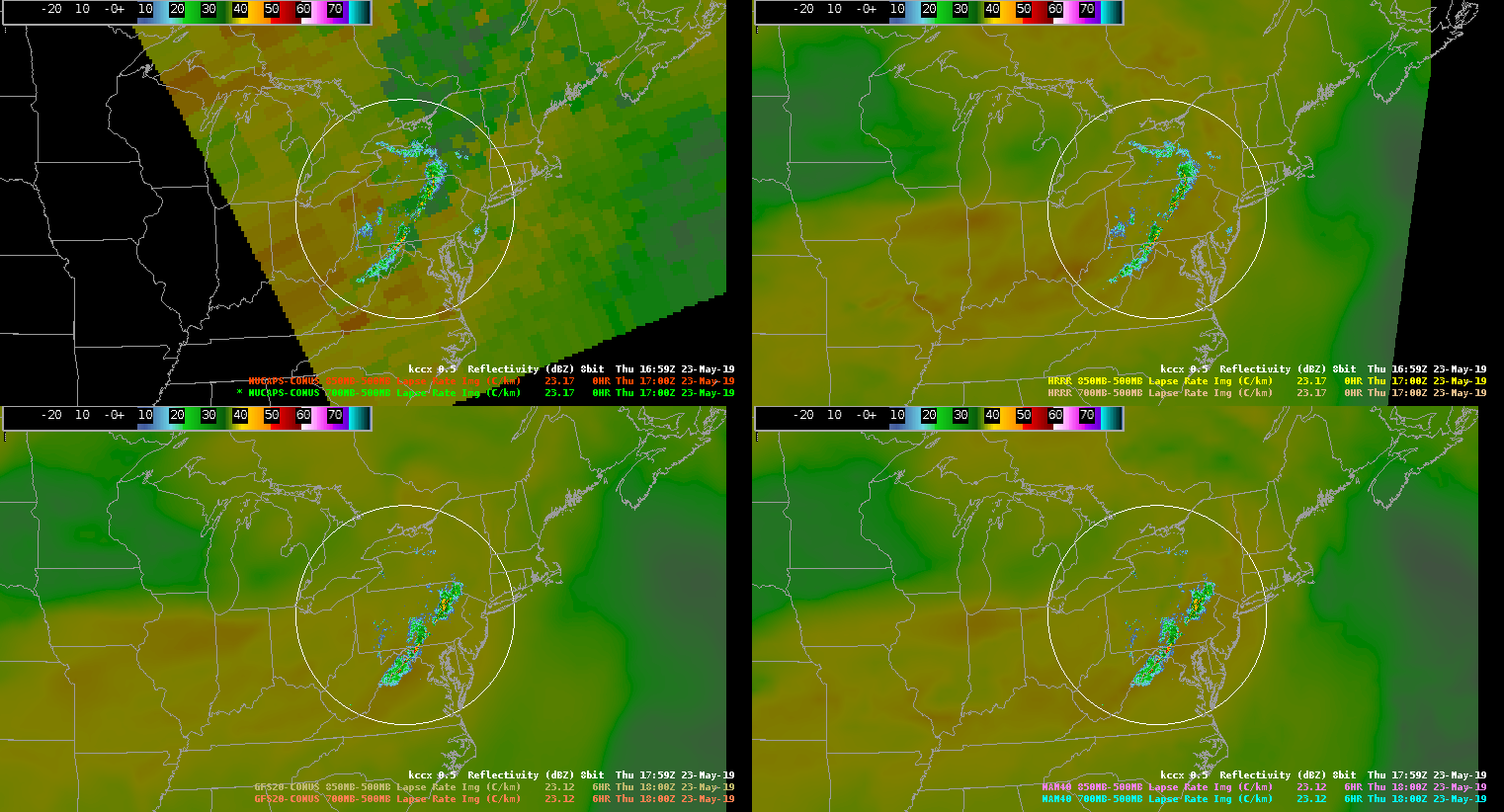NUCAPS…
Can there be a circle (or some reference) around the NUCAPS point that I am currently using for a sounding? That way I have a reference on the map for where the sounding is that I am looking at.
Can more than two NUCAPS sounding be loaded into an AWIPS pane? If so, would nice be able to compare soundings/environments more easily.
Having the ability to display one NUCAPS sounding when I have two loaded in Sharppy would be helpful. Even when loading two soundings and only have one in “focus” the two soundings overwrite each other. Can this setup be similar to AWIPS that allows us to have multiple soundings loaded and be able to turn one or both of them on when we choose?
Compared a couple NUCAPS soundings surface conditions to the obs for a couple locations and they look reasonable.
Looking at the forecast CAPE/CIN from NUCAPS, the gridded field for CIN is quite splotchy. Bulls eyes of much higher CIN seem overdone compared to what is expected during the mid afternoon with full sun and with what the SPC mesoanalysis has. This would make me question how accurate it is. Looking at the forecast, there is no consistent trend with the CIN bulls eyes, which lowers my confidence in this field. The CAPE field is more uniform, though still splotchy. The areas of higher CAPE are more consistent, giving me more confidence in this field than the CIN. Is there a way to average out this field more to make it smoother? If so, that would greatly increase my confidence in this parameter and my likelihood of using it in the future.
Noticed the surface based CAPE in AWIPS vs. Sharppy was quite a bit higher in Sharppy.
Compared the ML CAPE in a modified NUCAPS sounding in AWIPS and an unmodified NUCAPS sounding in Sharppy and the modified lined up much more closely with the SPC mesoanalysis page. The the ML CAPE in the unmodified sounding in Sharppy was too low. Surface based CAPE was actually more representative in the unmodified sounding.
As mentioned earlier, would be nice to compare more than two sounding points for NUCAPS to aid in comparing the environment more easily.
Having the NUCAPS 2m temperature and DP in F instead of C would be much more useable and easier to compare to surface observations.
Noticed the 2m temperature for the gridded NUCAPS was cooler by 5-8 C compared to the observations. This makes me looks confidence with the CAPE and CIN plots if the surface temperatures are not accurate. Is there a way to grid the modified NUCAPS data? When I forecast I like to view parameters in a gridded fashion in the horizontal. This helps me better understand what is going on with the environment.
Compared the NUCAPS 700-500mb lapse rates to those on SPC’s mesoanalysis page and found the NUCAPS was close, but on the cool side.
In our data sparse CWA, I can see these soundings as being quite useful, as long as forecasters understand the low levels (assuming below 850mb) are less likely to be representative.
Taking a look at the minimum flash area…
Difficult for me to really see any sort of trend with the 1 minute data. Nothing really catches my eye. The 5 minute data is much more easy to see trends.
As mentioned yesterday, am able to see more valuable information with trends in the storm than with flash density.
Looking at the optical winds…
The background is a bit too dark. Can the Lat/Lon be put below the imagery? Having it above seems to detract from what is being displayed. Adding state borders, cities, would add to the usability of this product, especially if these labels can be turned on and off.
I like being able to pan the image.
I can see this being handy for monitoring for LLWS for aviation, assuming there are clouds to track. Could this data be merged with NUCAPS to plot shear and helicity?
Changing the density of the vectors would be handy.
Color coding the different levels and matching it to the key is easy to determine what level I am looking at.
Could this track the speed of dust? If so, could help determine how strong the winds are in dust storms.
Curious why the pressure levels are broken down into 200mb intervals. Could the winds also be tied to theta levels to help with isentropic analysis?
Having contours for the winds would help limit information overload as far as what is being shown. Being able to control the density of the number of wind vectors would help, however that could lose some data. Contours of the wind vectors, say every 5 or 10 kts, could help summarize what the individual vectors are showing.
-Accas

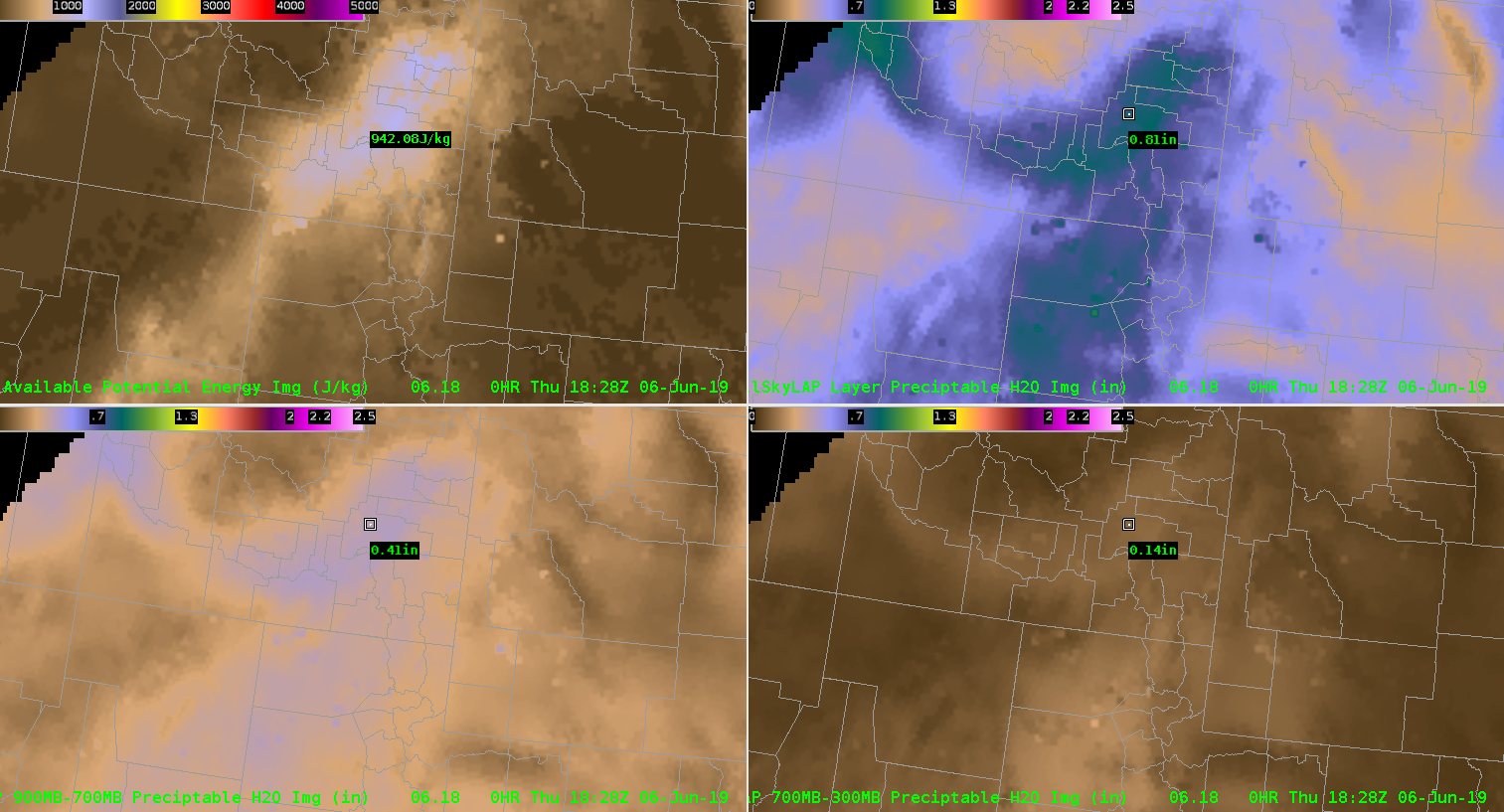
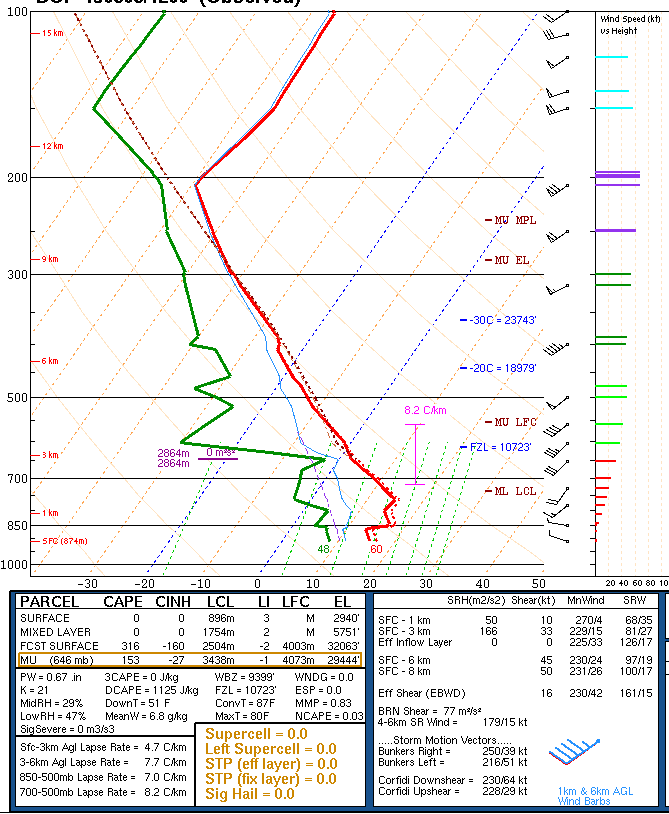
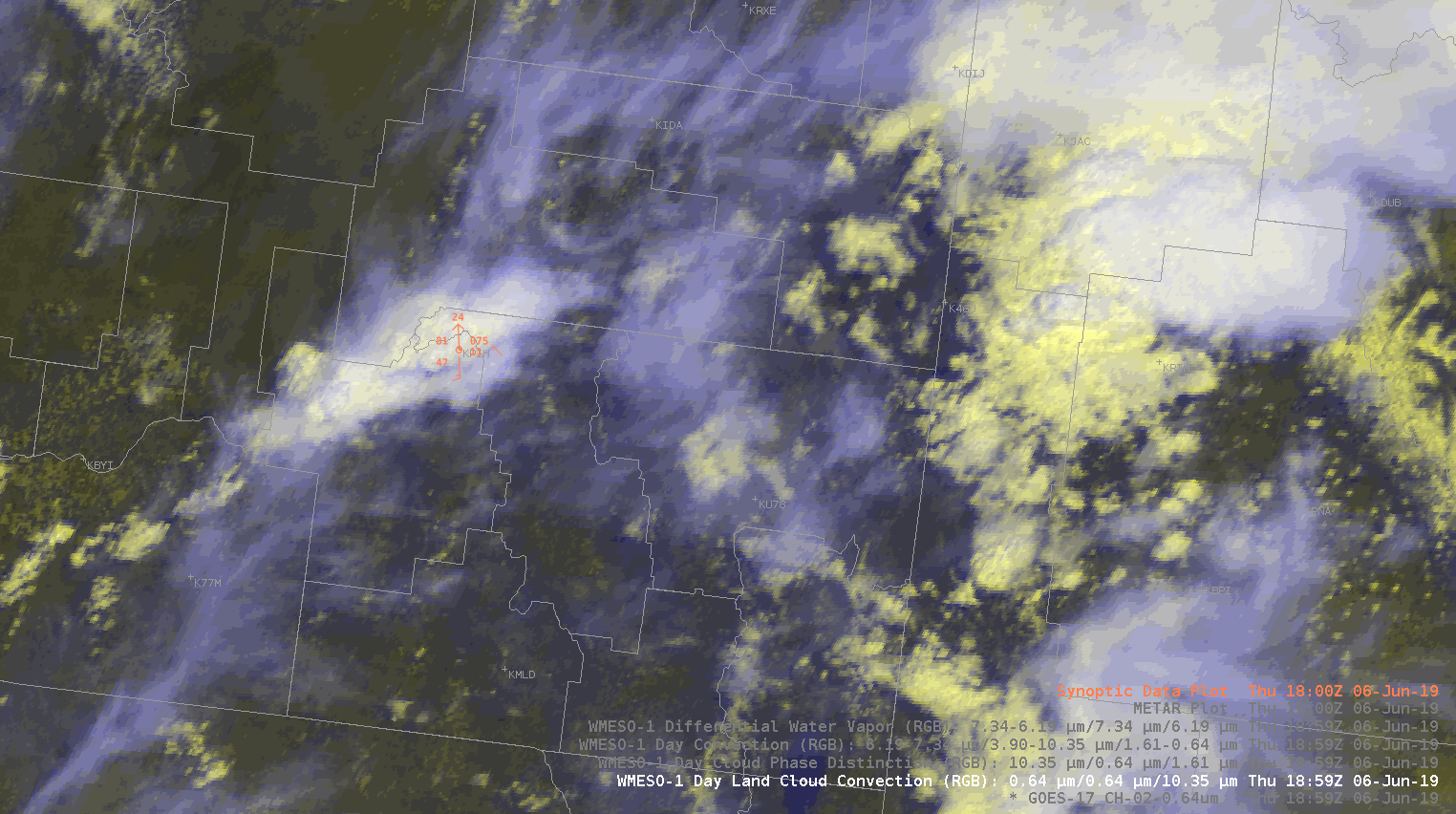
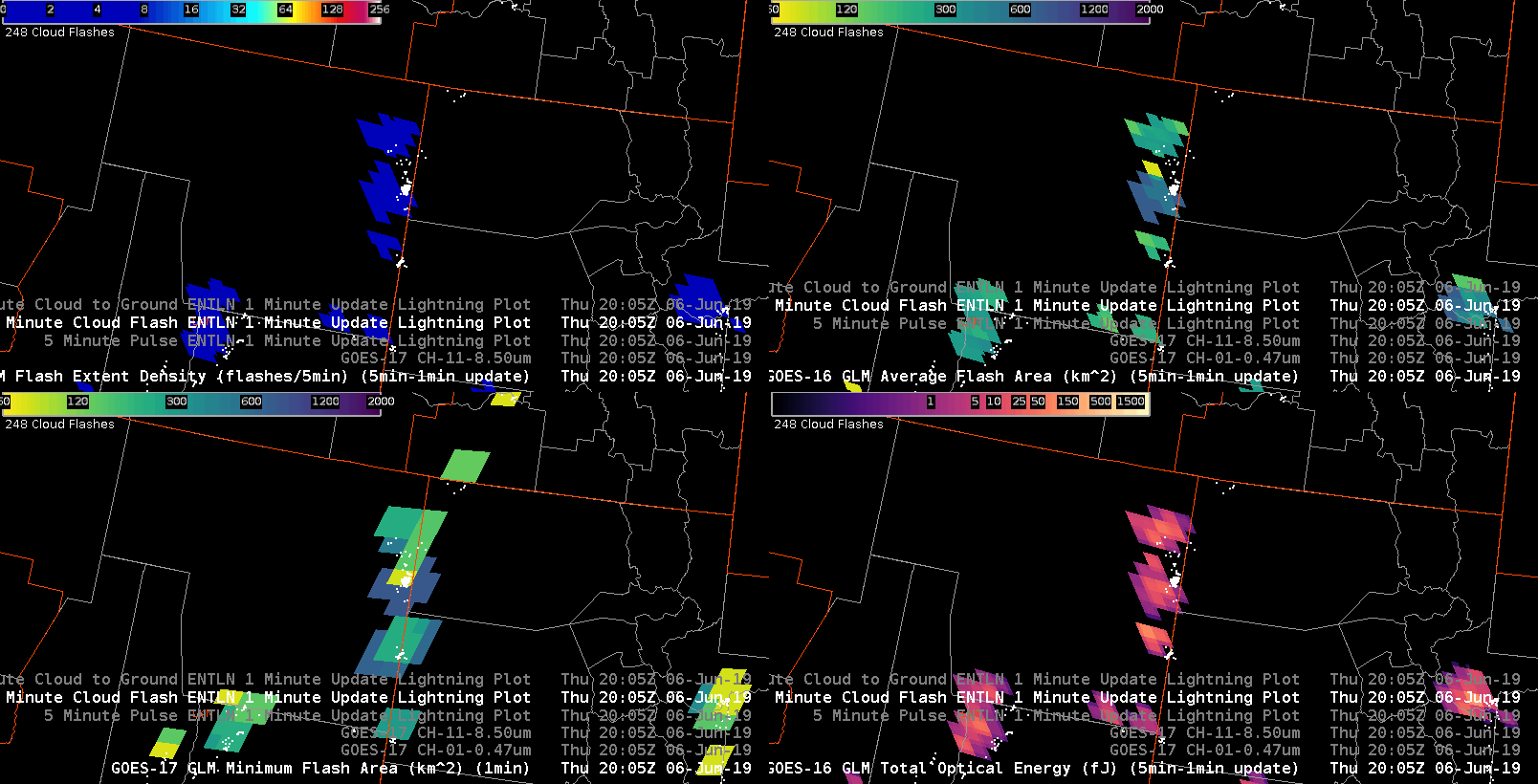
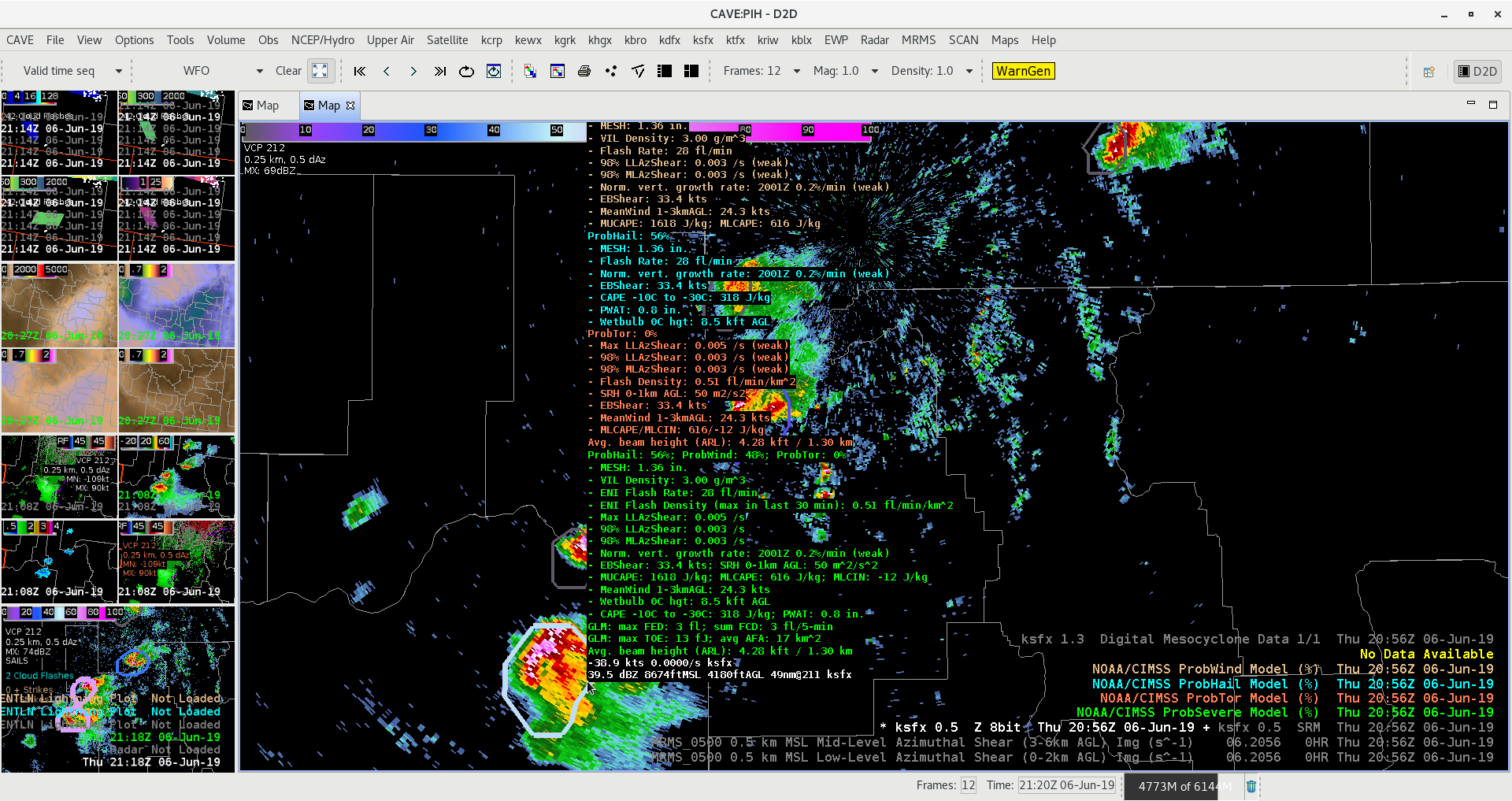
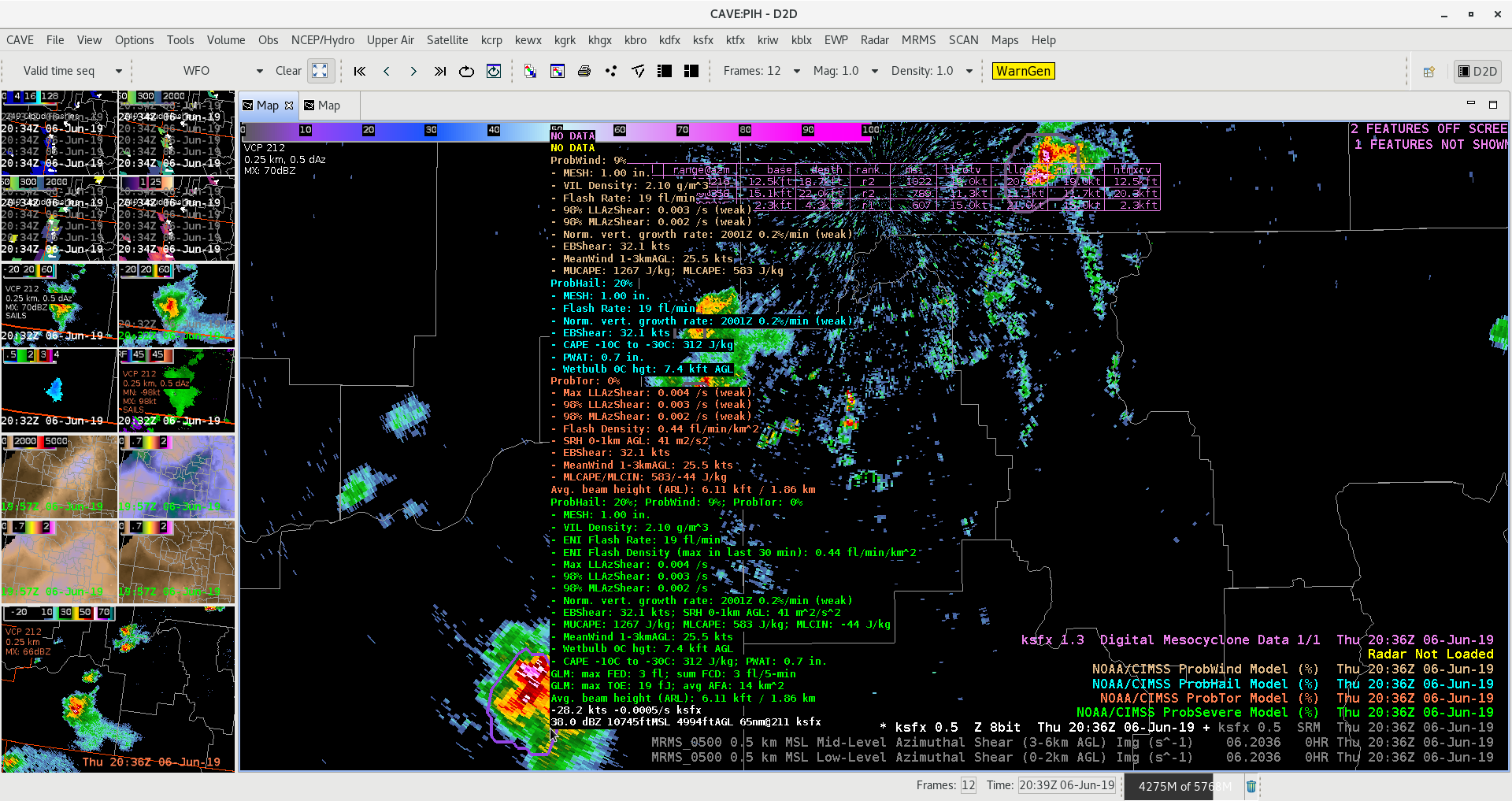
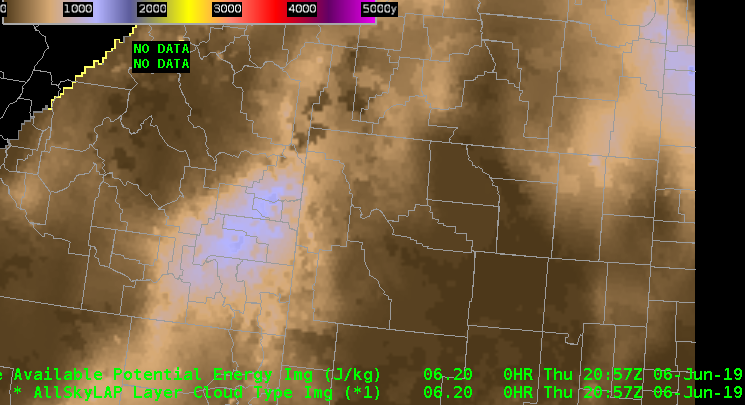
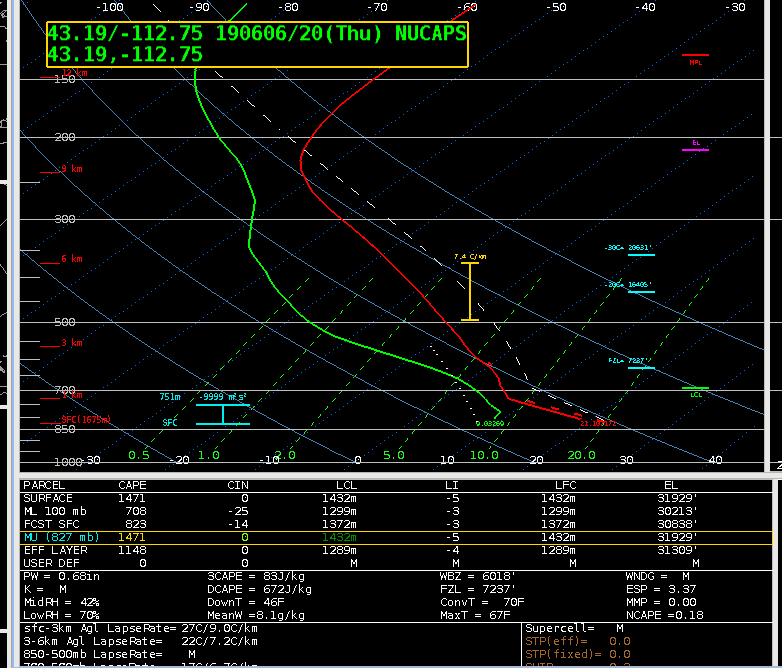
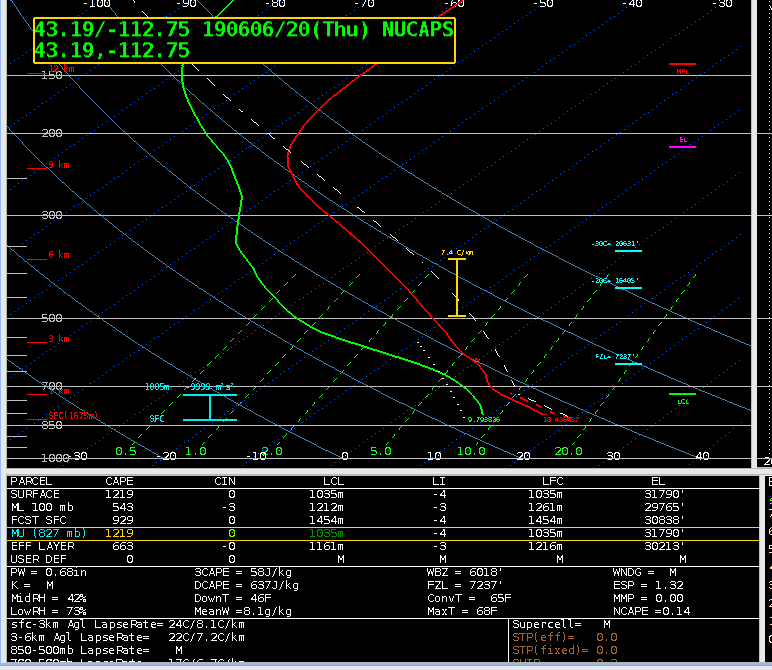
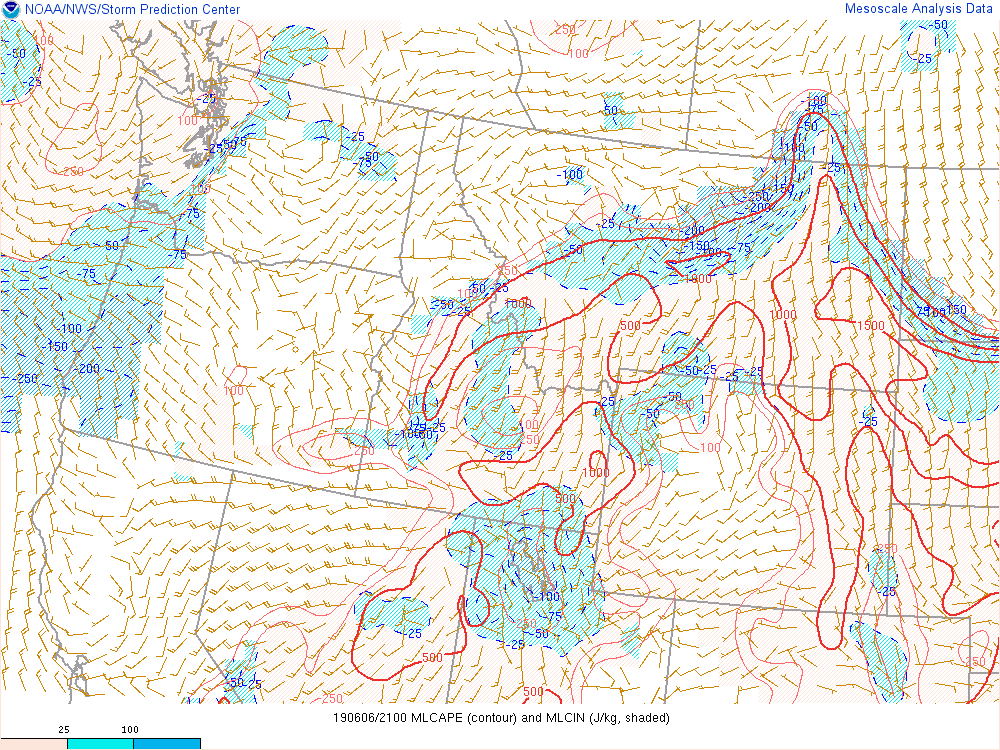
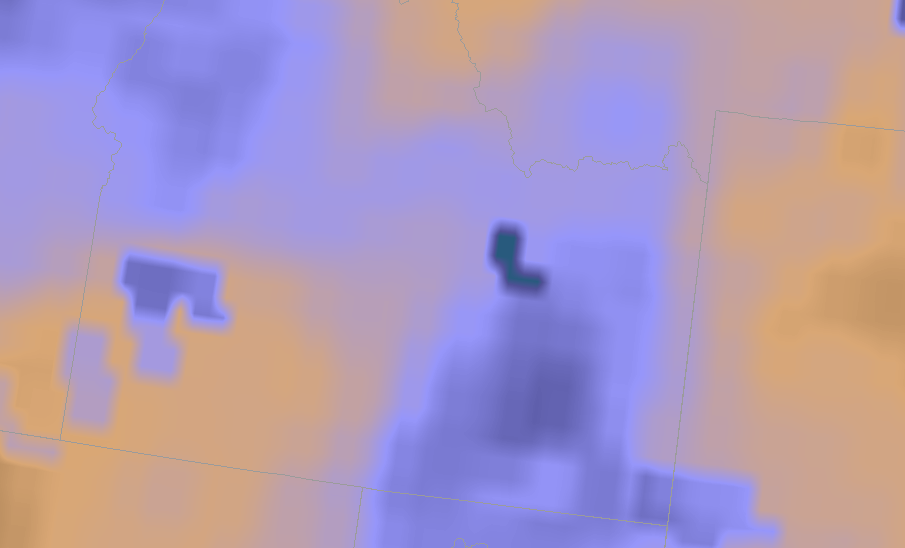
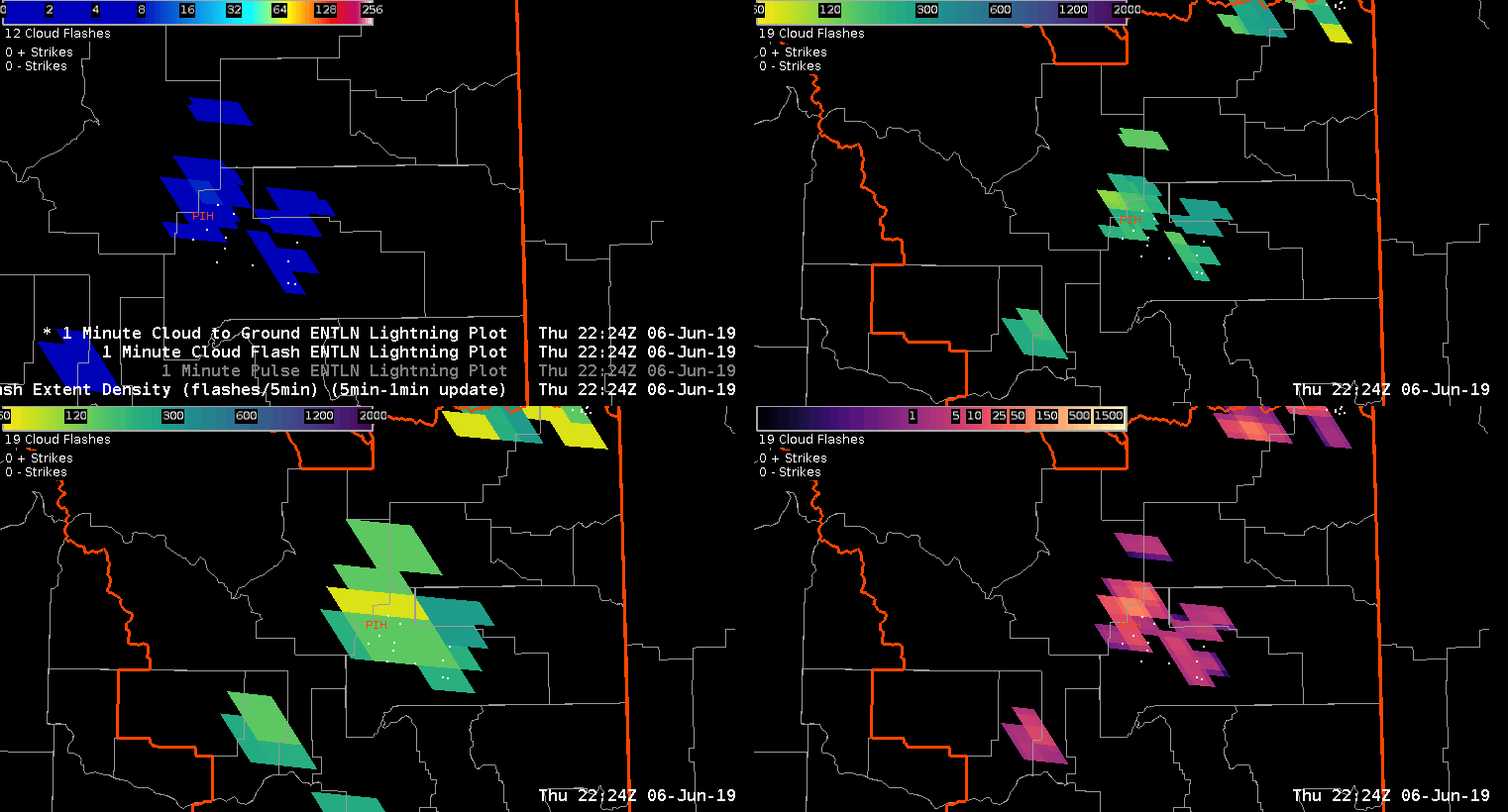
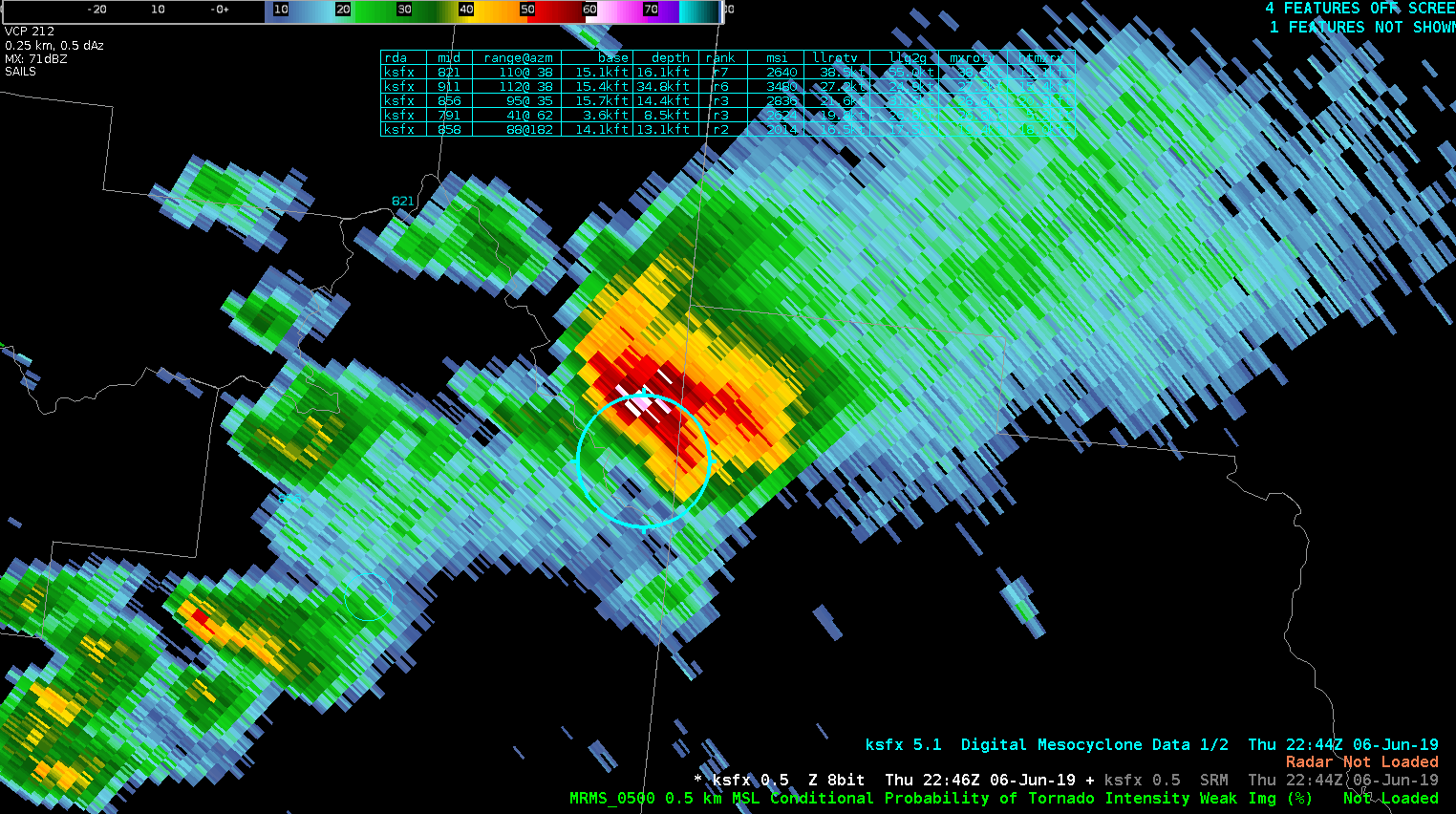
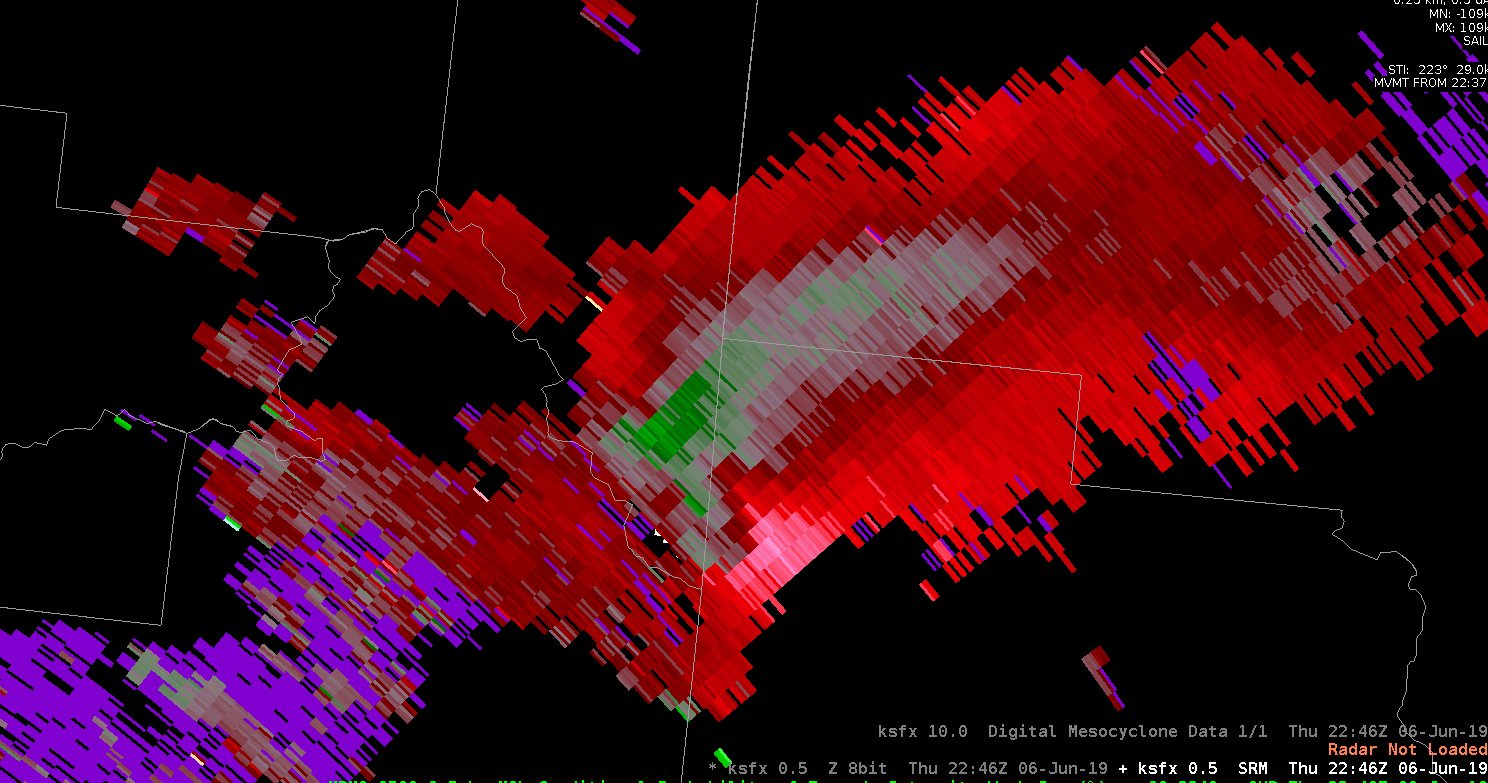
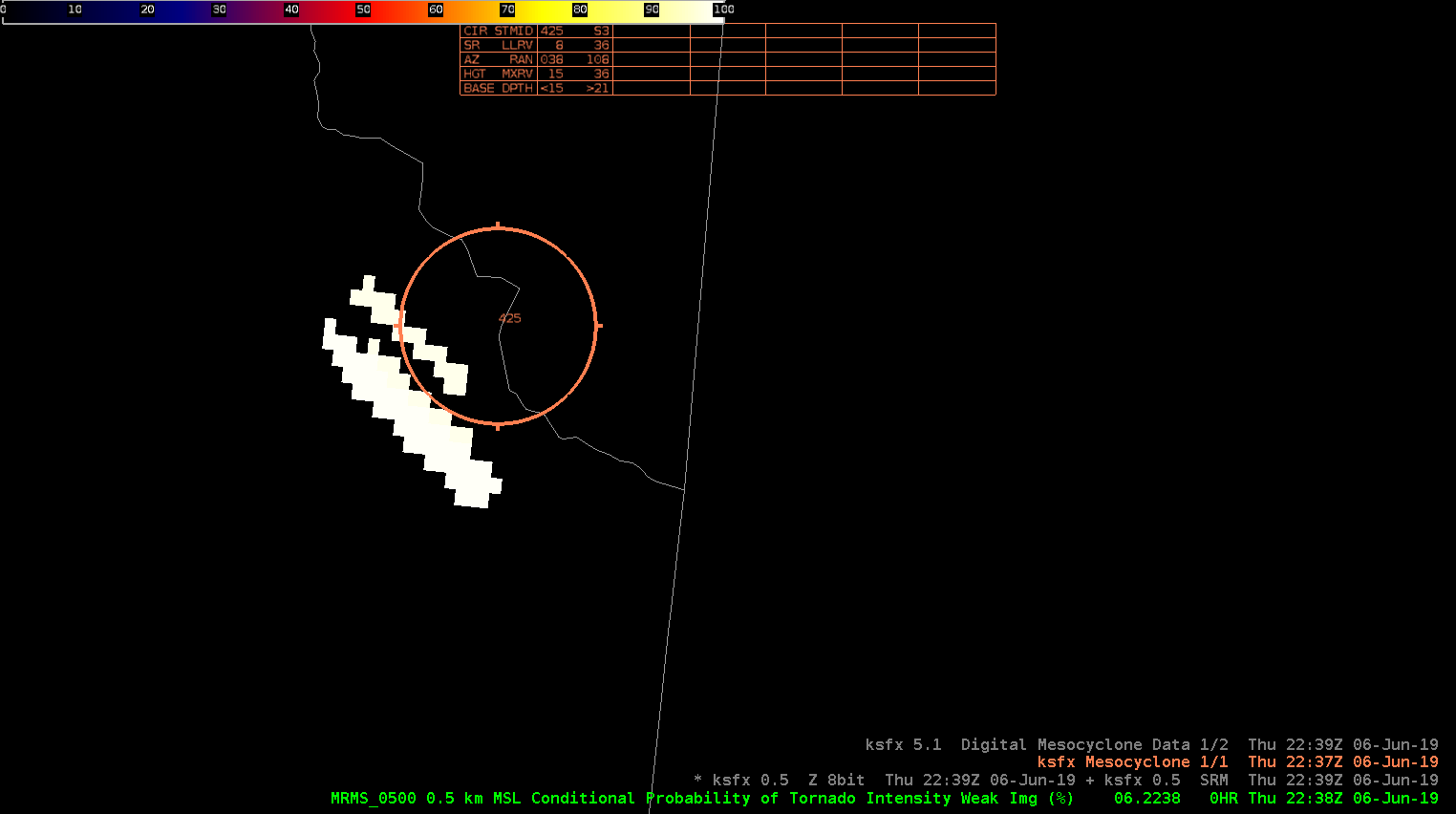
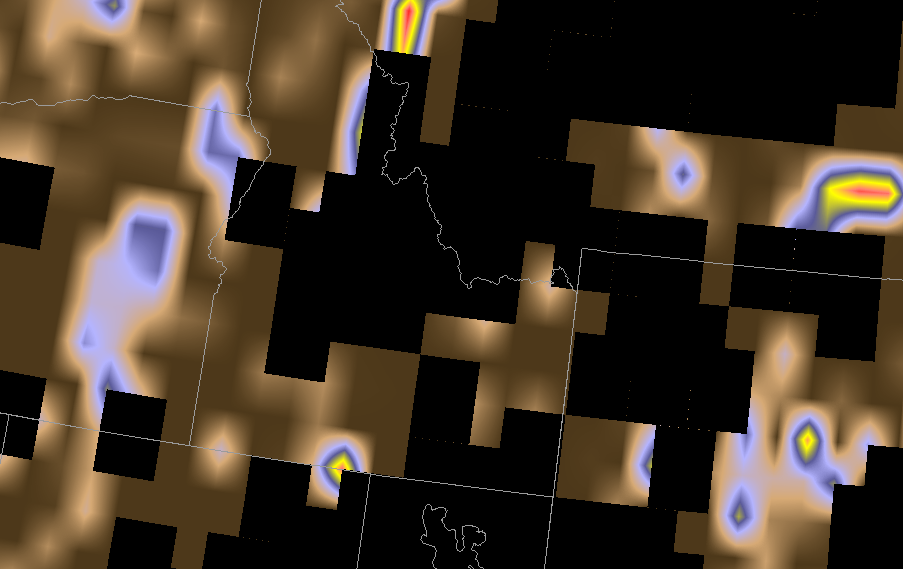
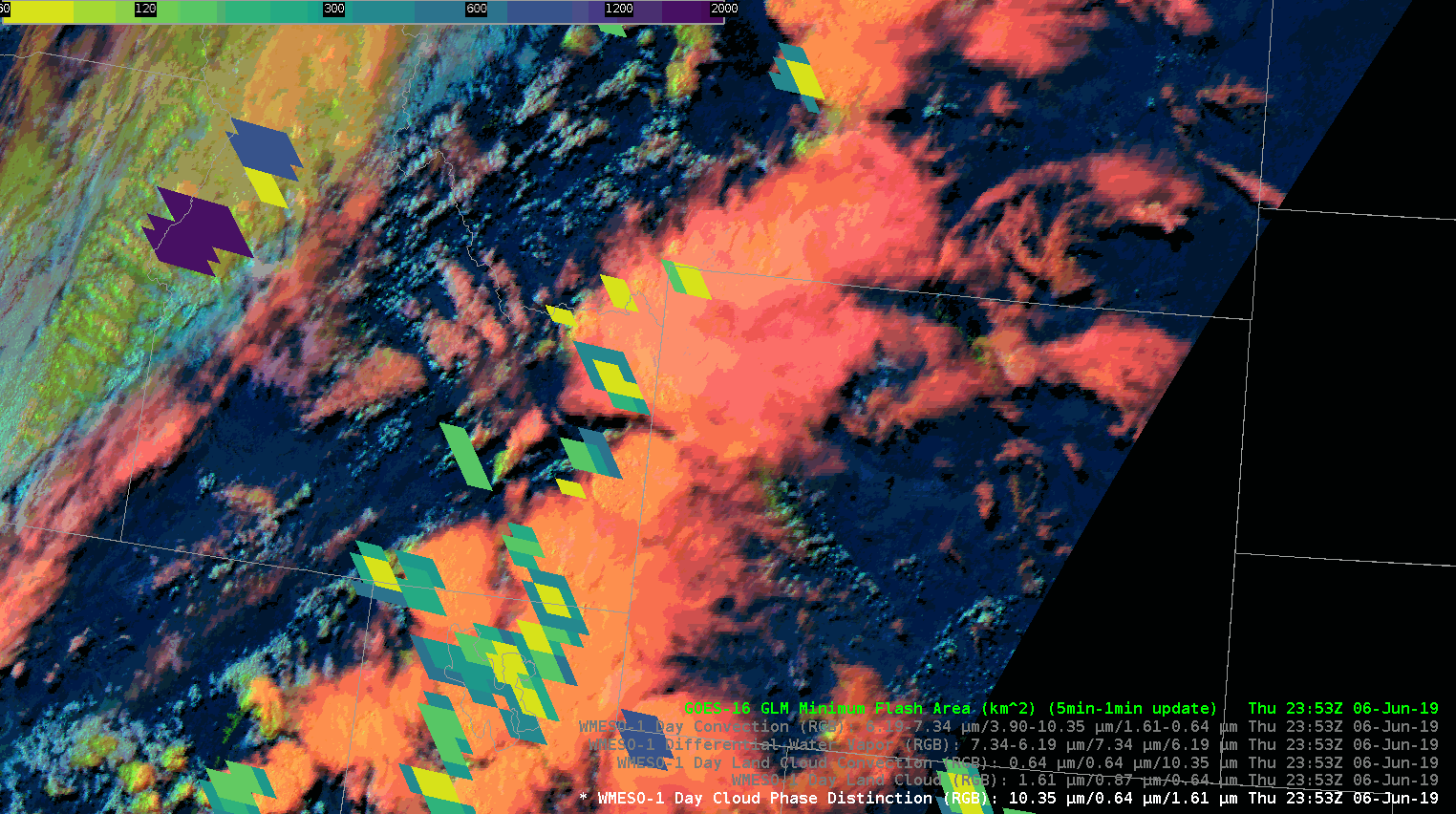
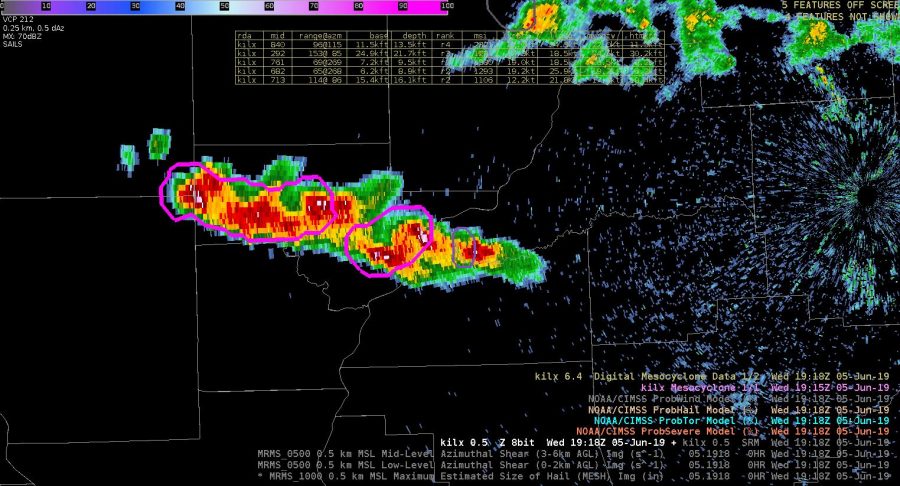 I’m comparing the actual sounding to what’s shown on nucaps, and allsky to see what’s initializing the best. The actual sounding shows 3025kj of surface lavyer cape and 1453 of mixed layer.
I’m comparing the actual sounding to what’s shown on nucaps, and allsky to see what’s initializing the best. The actual sounding shows 3025kj of surface lavyer cape and 1453 of mixed layer.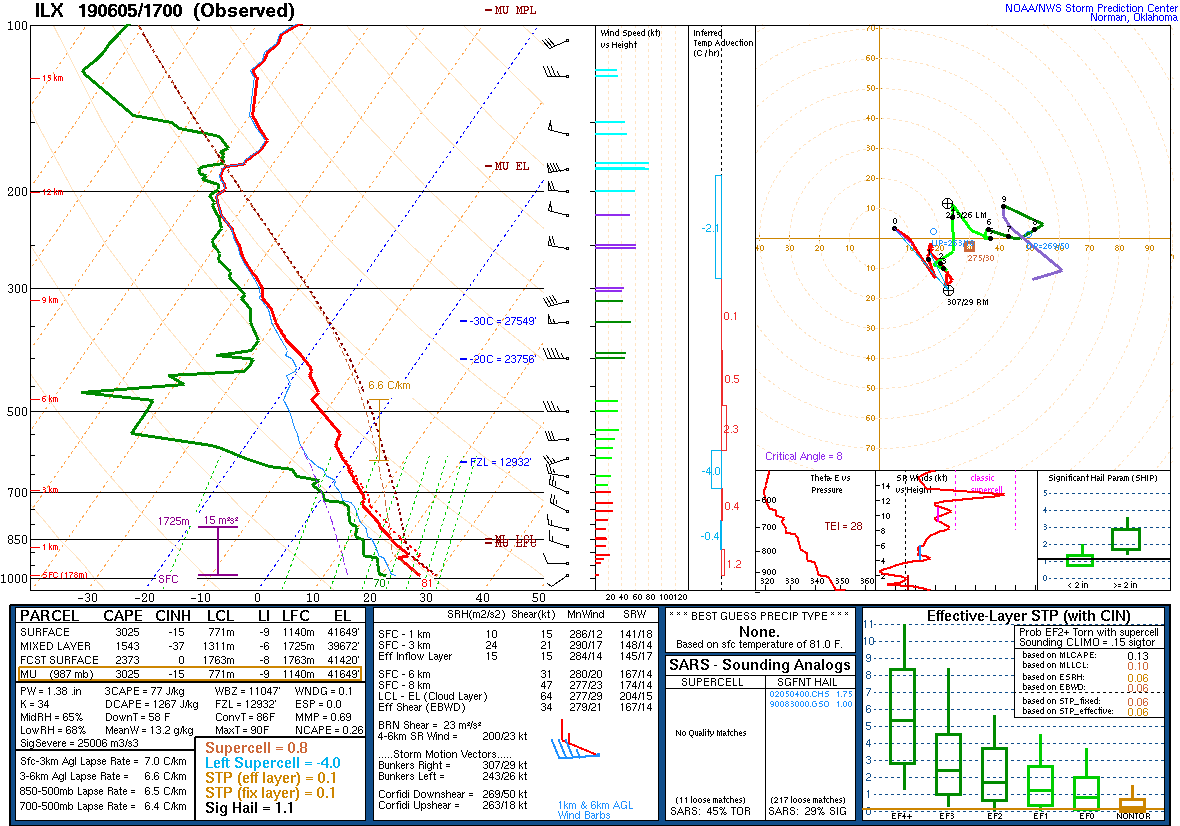
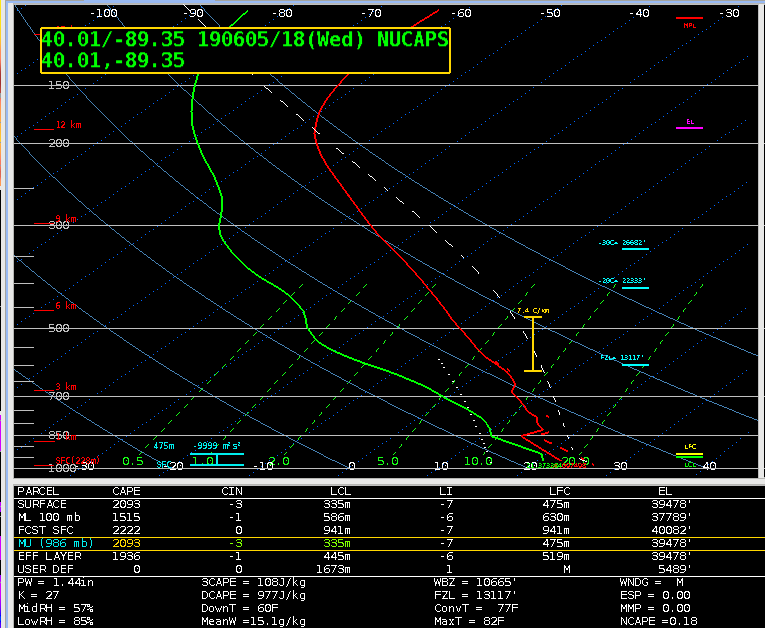
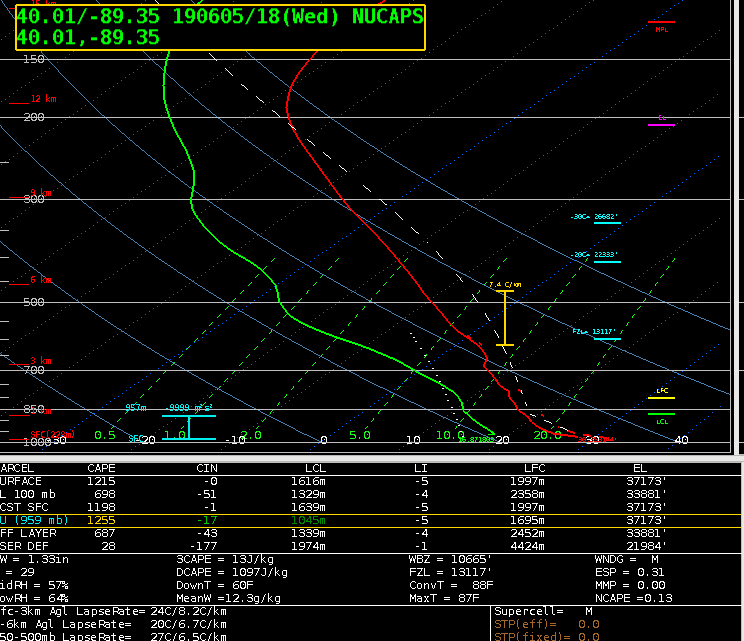
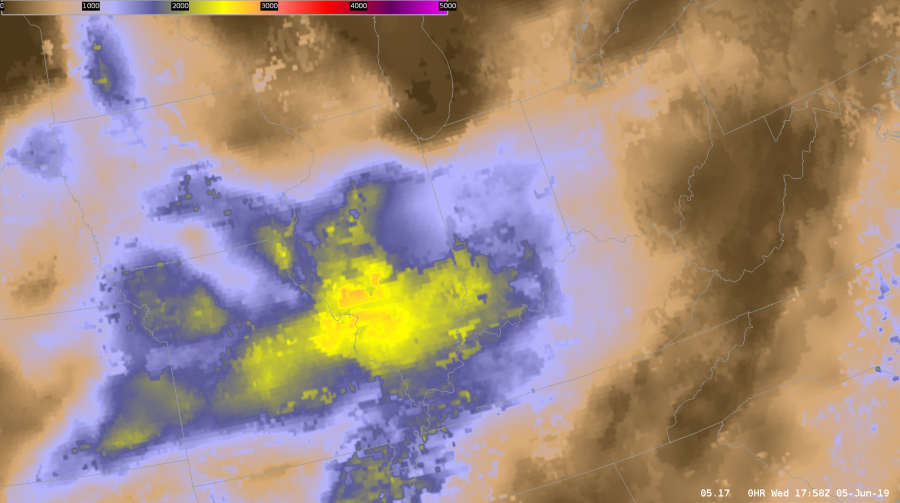
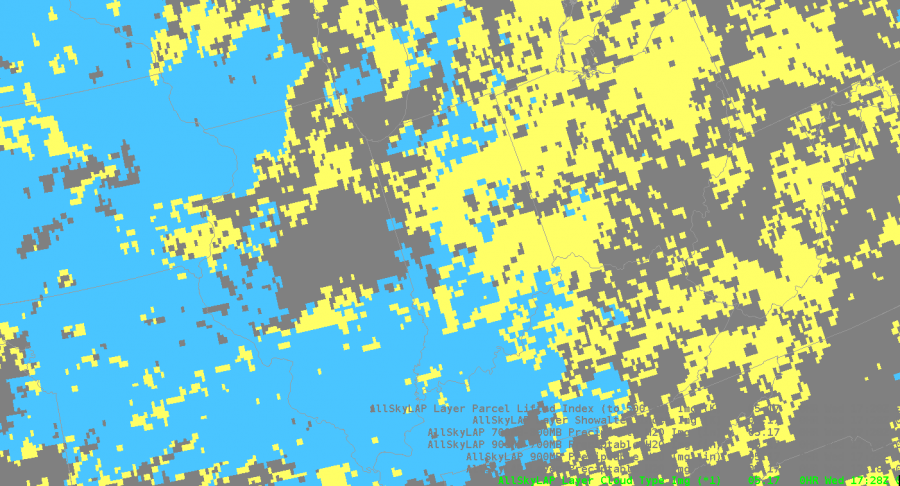
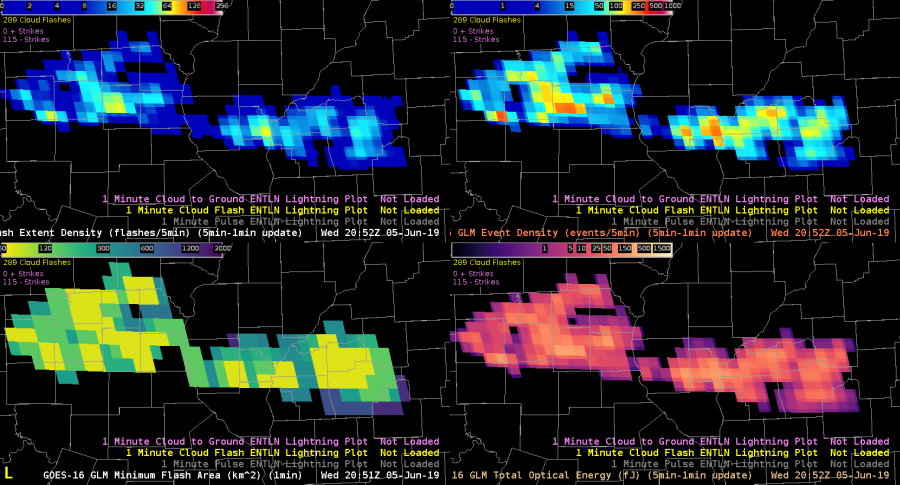
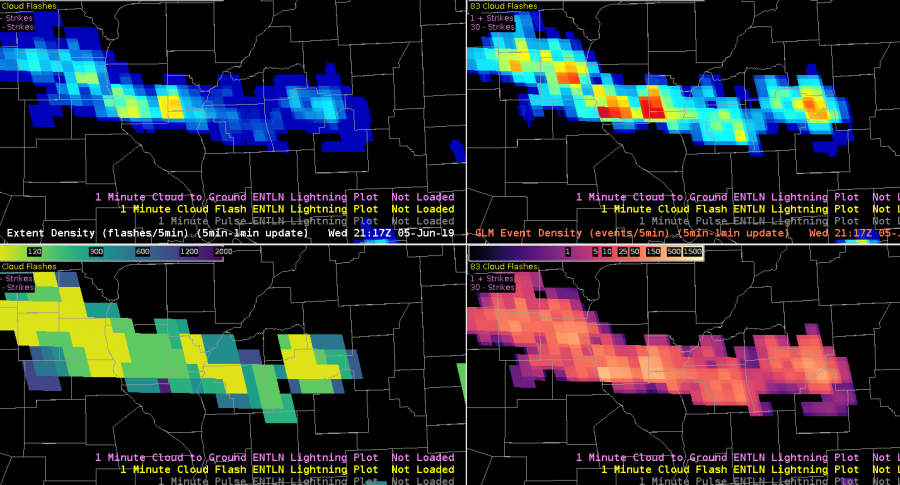
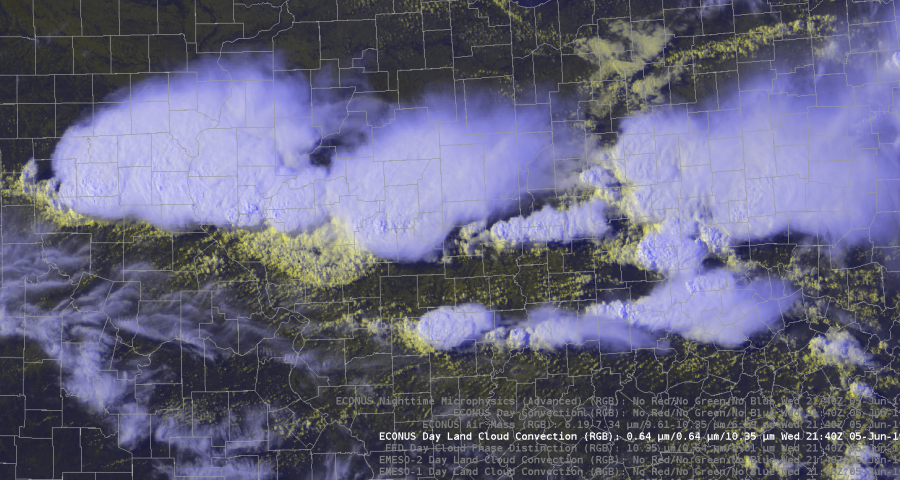
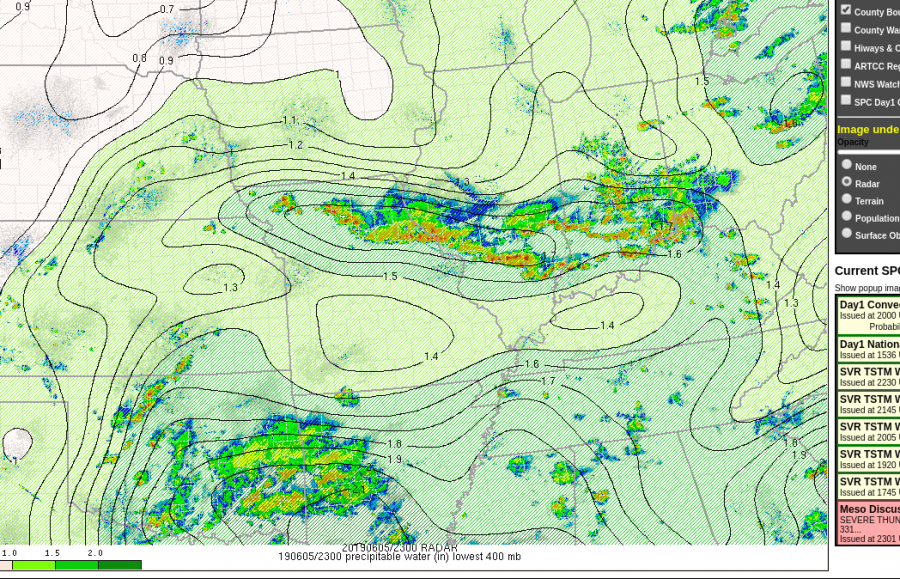
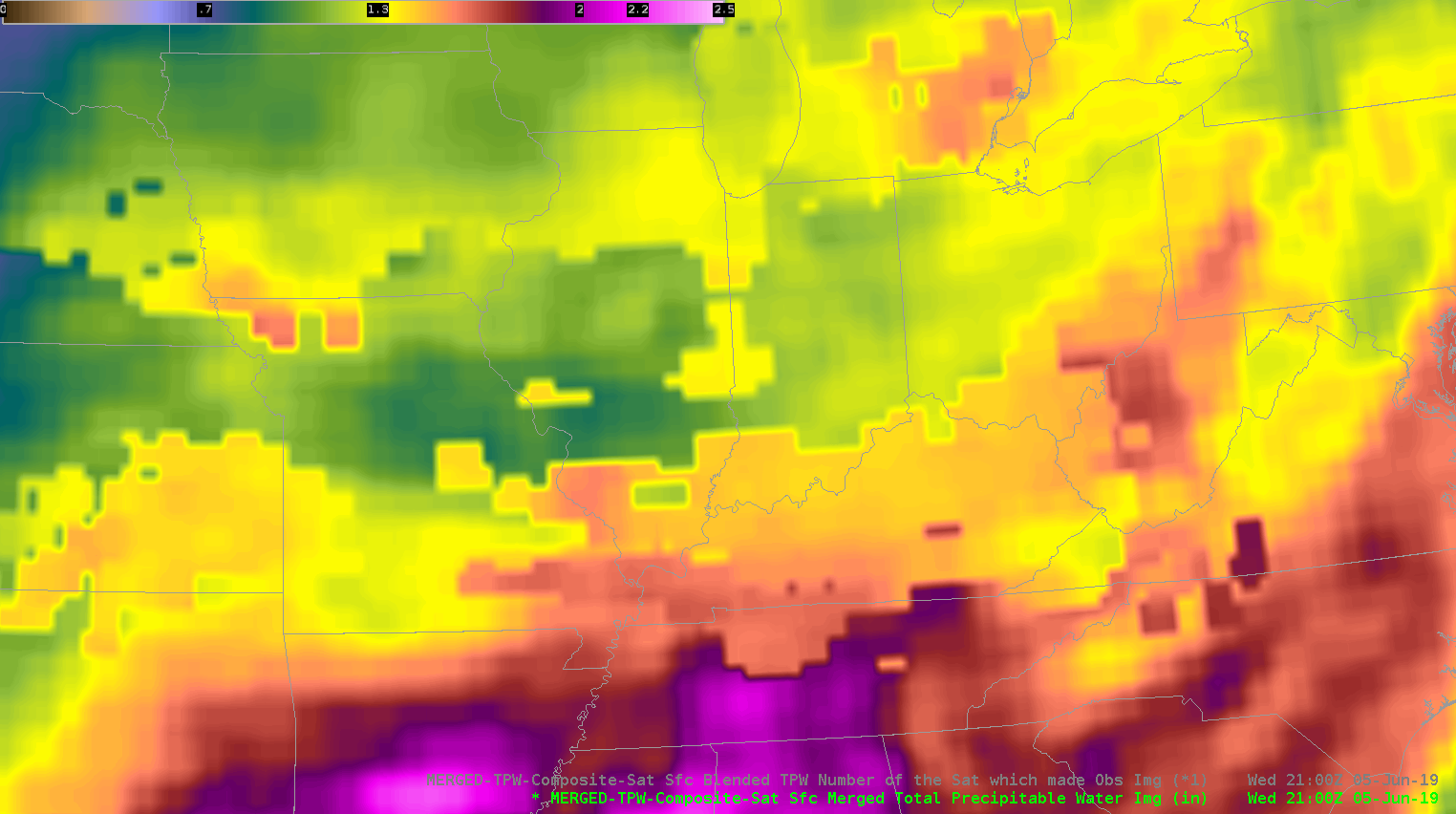
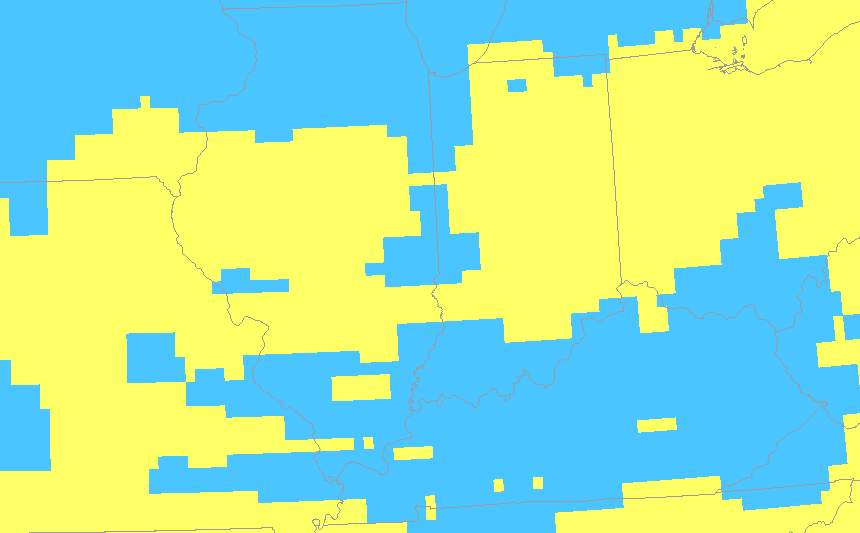
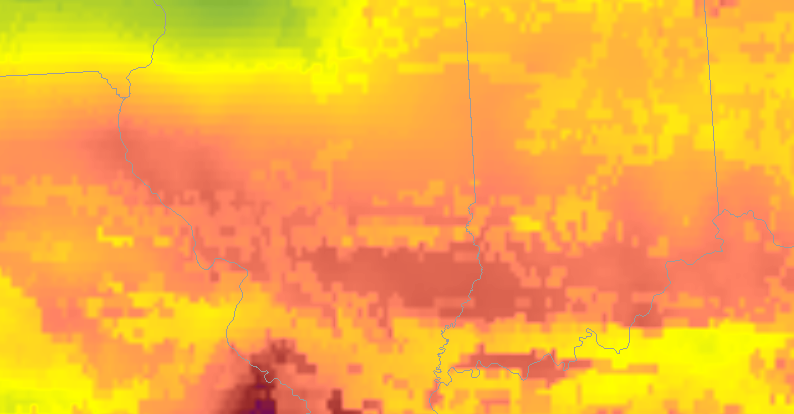
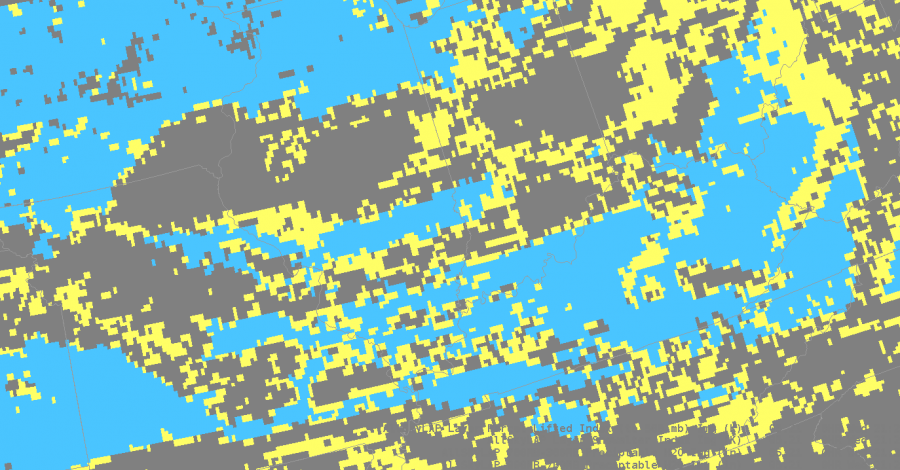
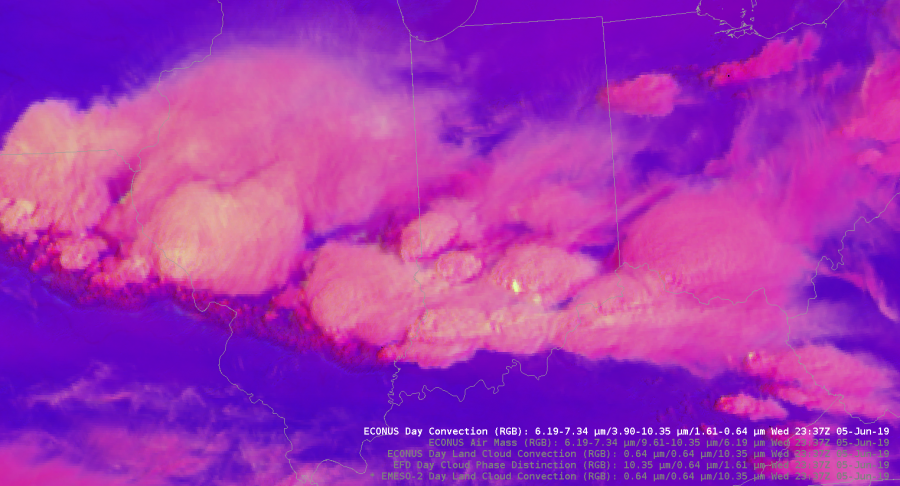
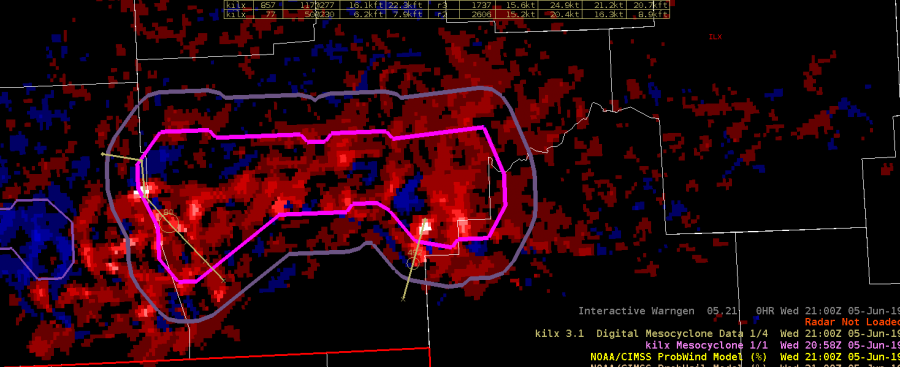
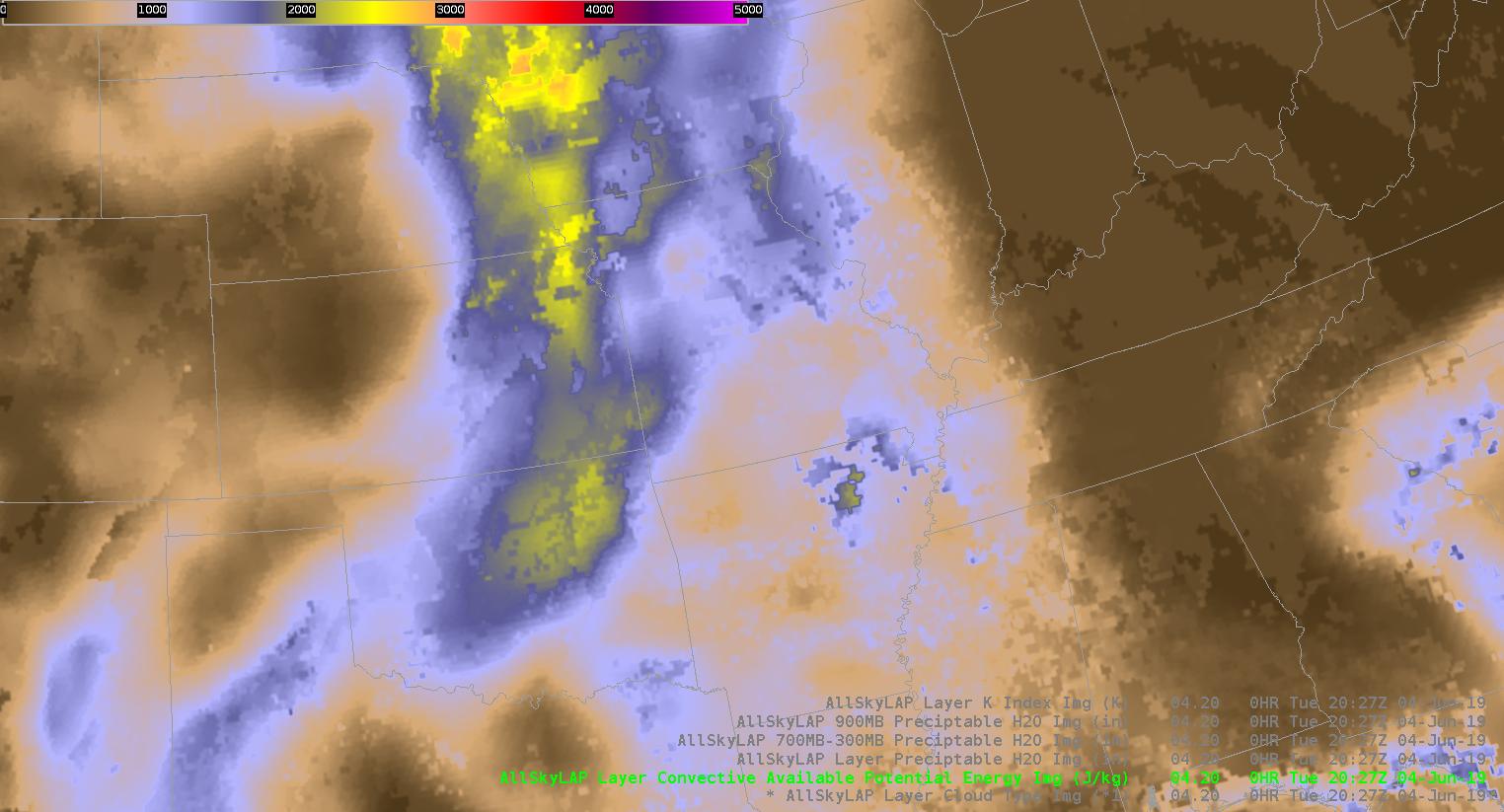
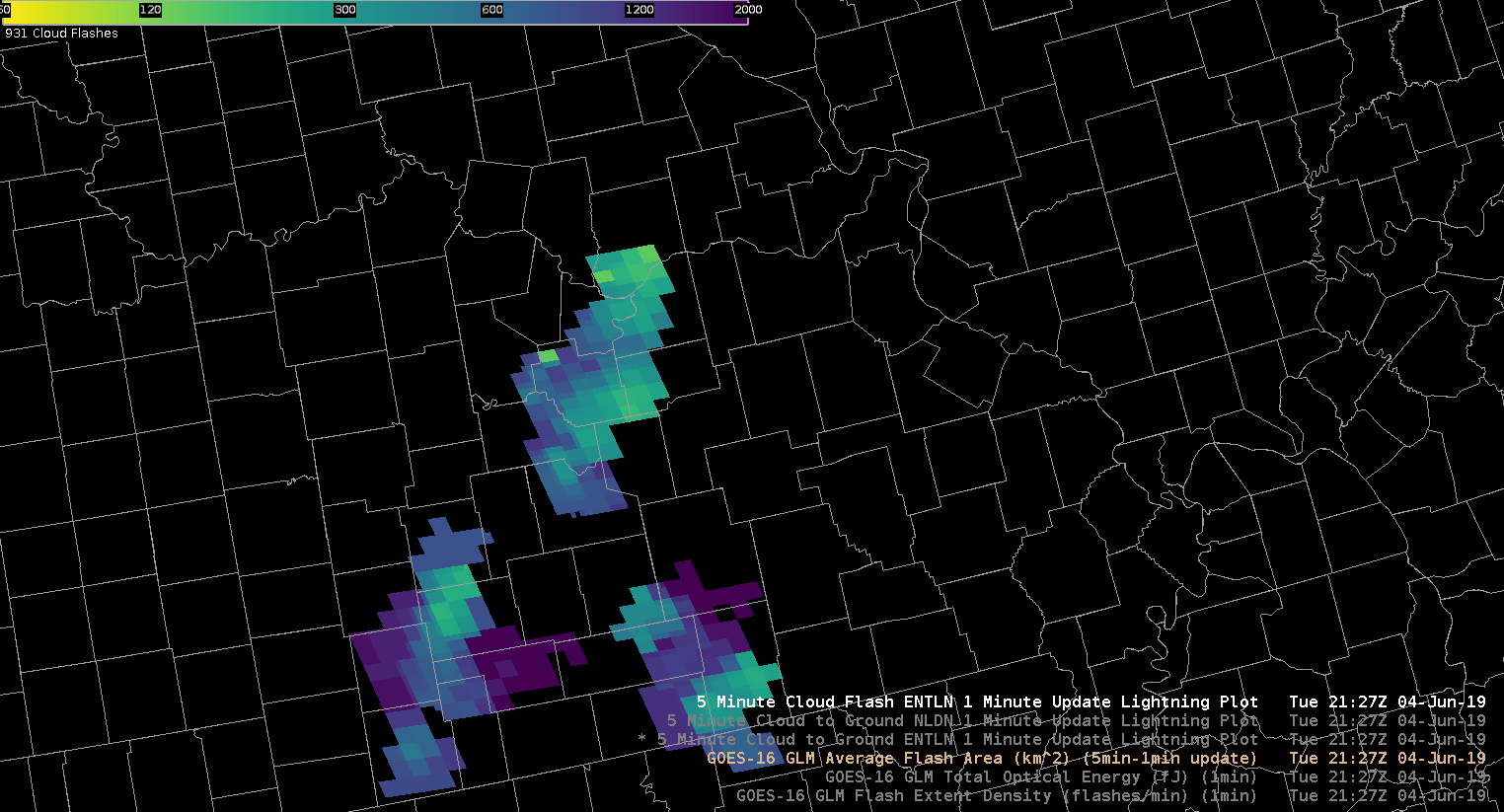
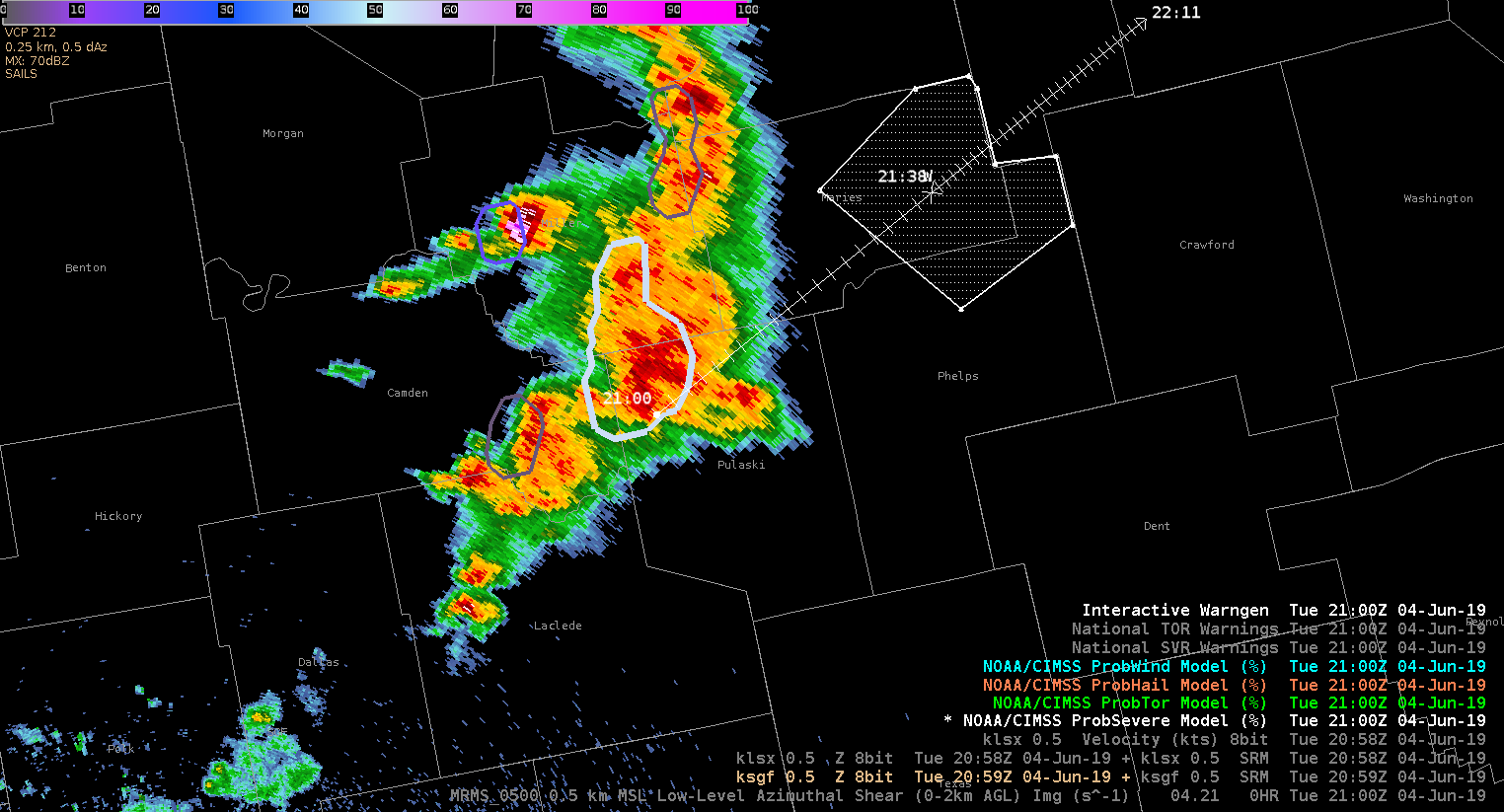

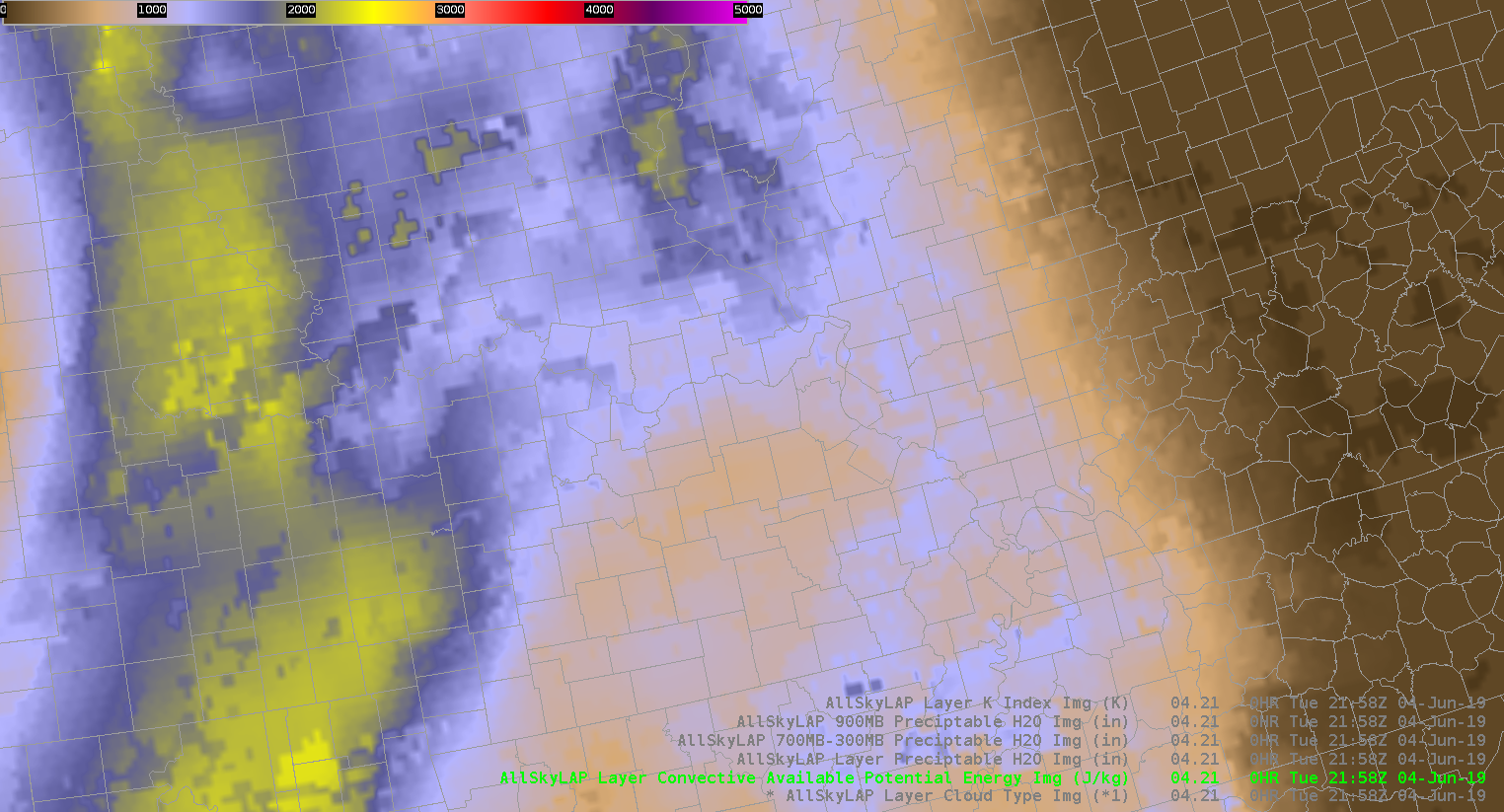

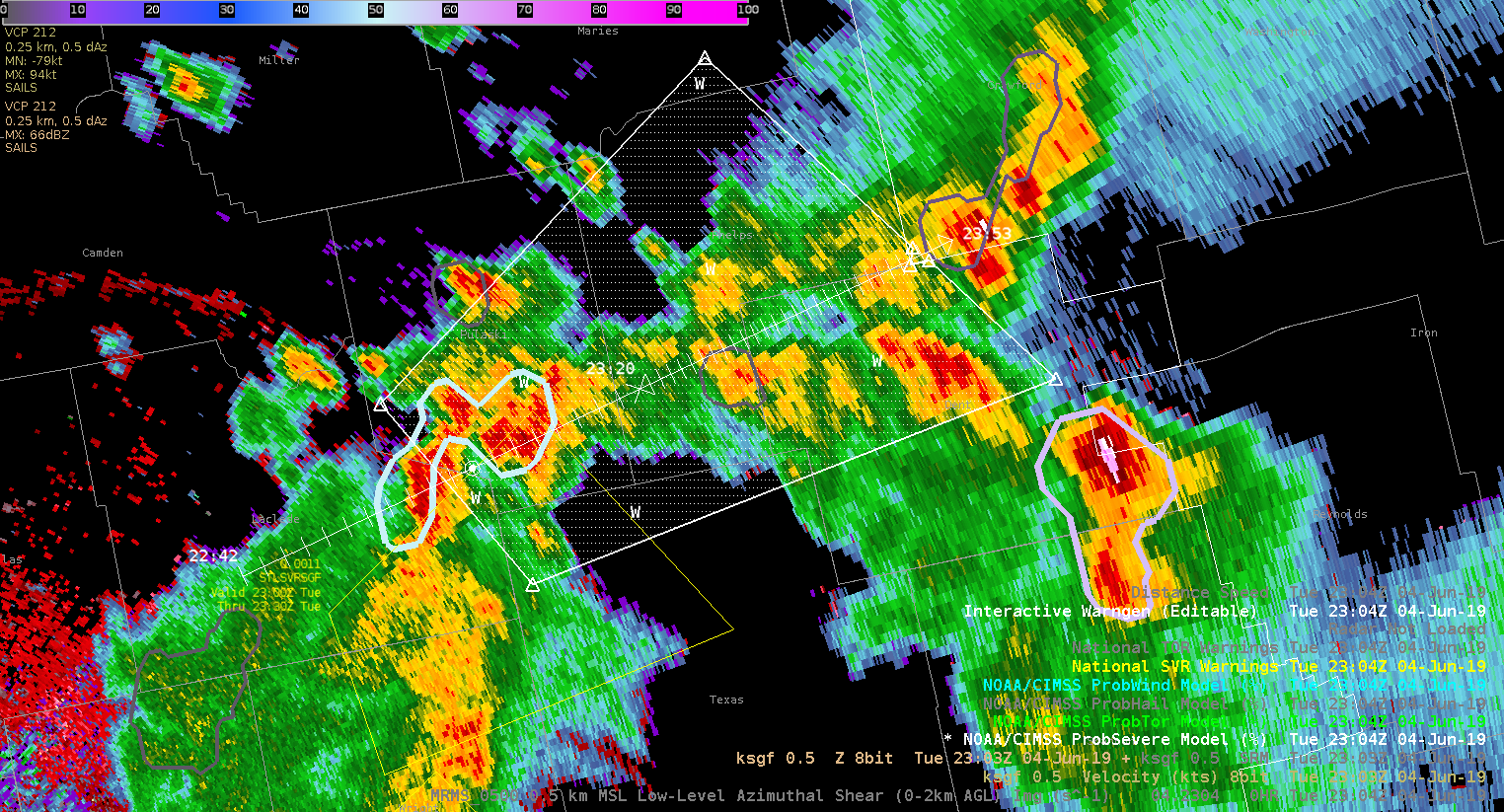
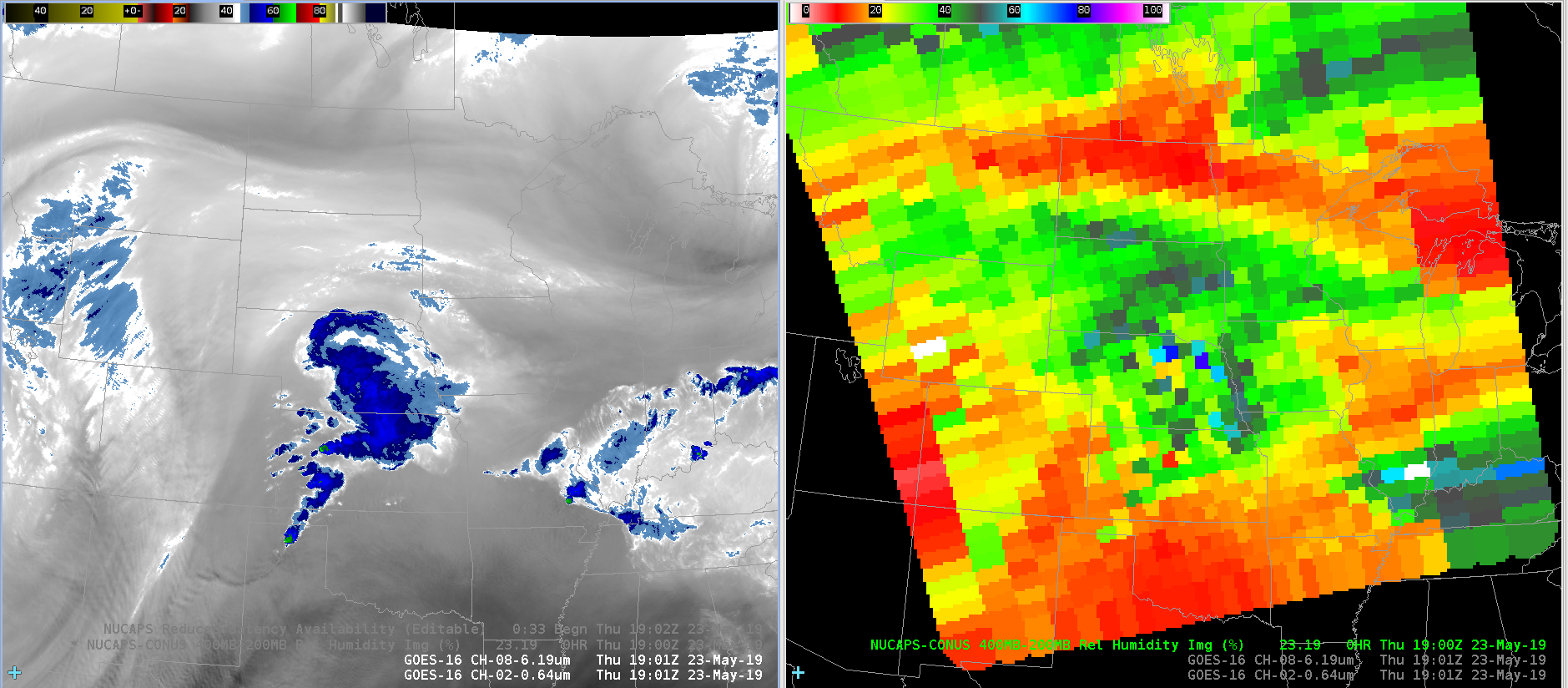

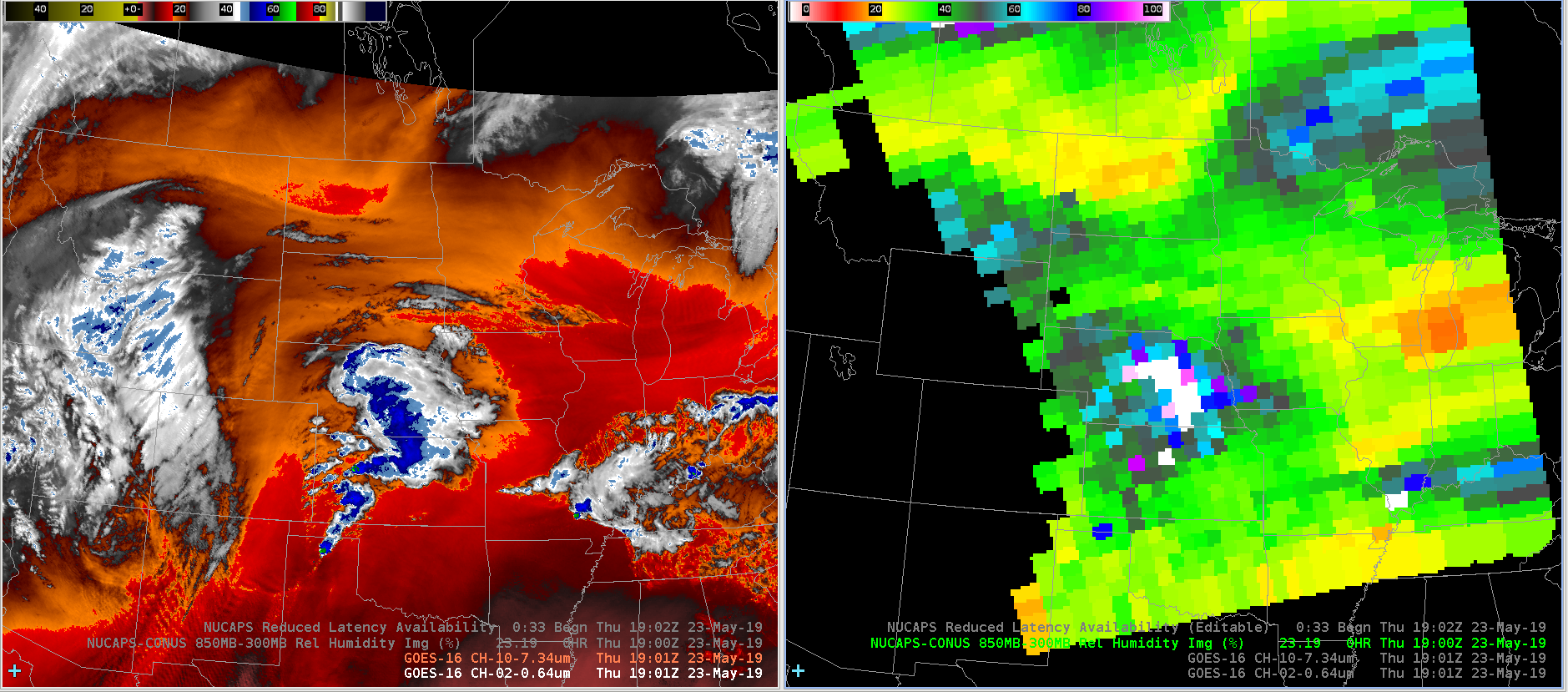

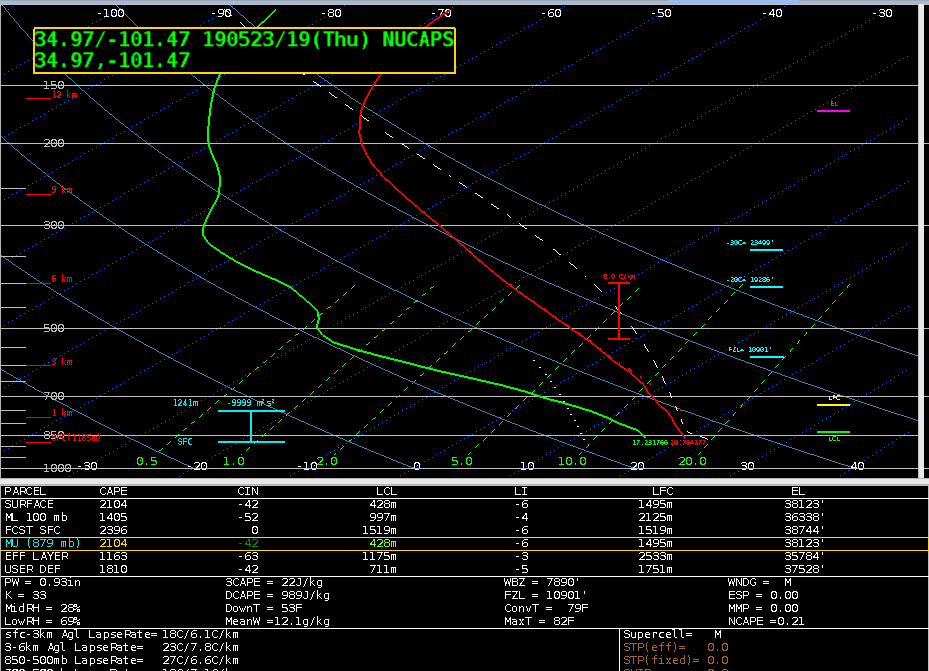
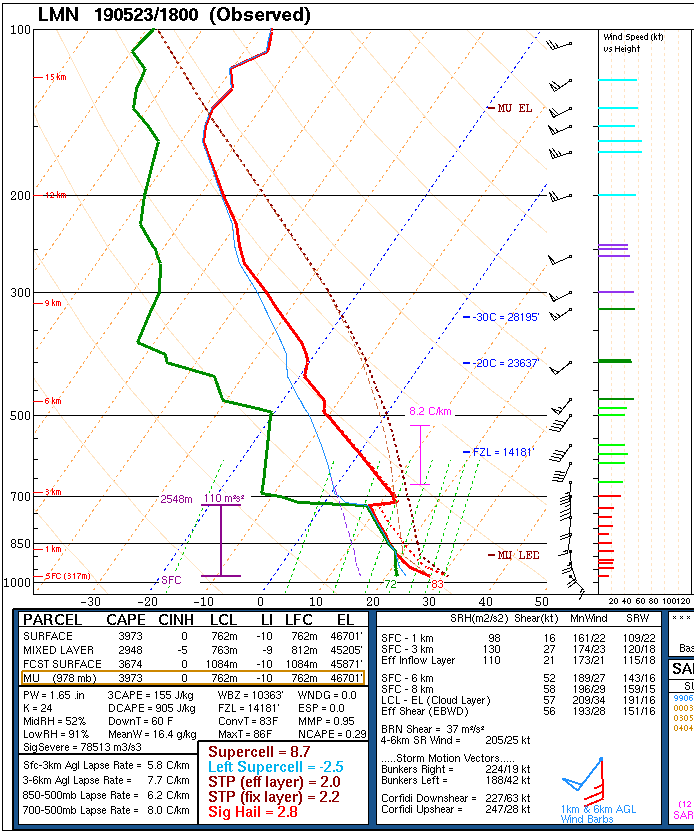
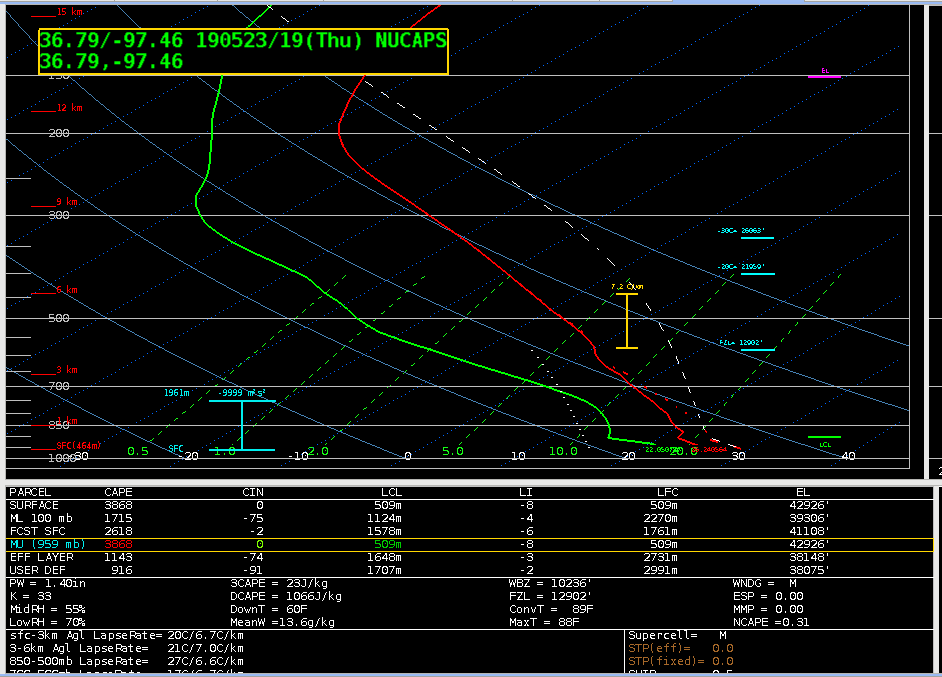
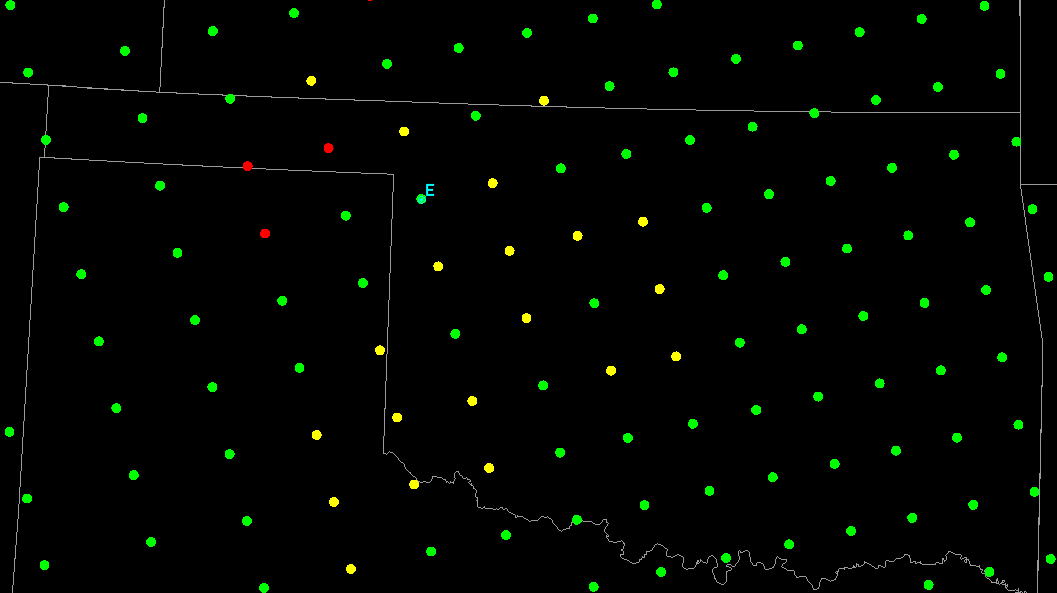
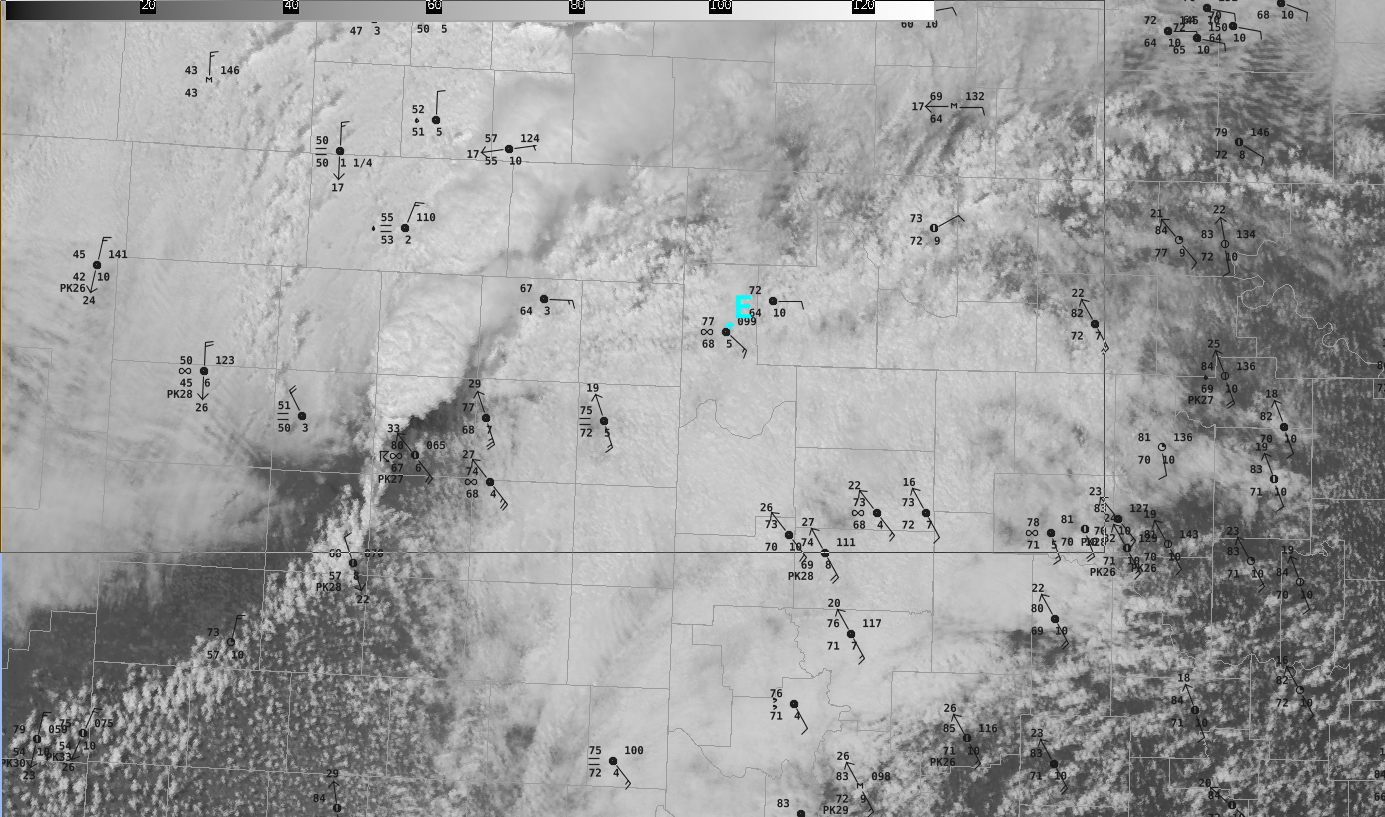
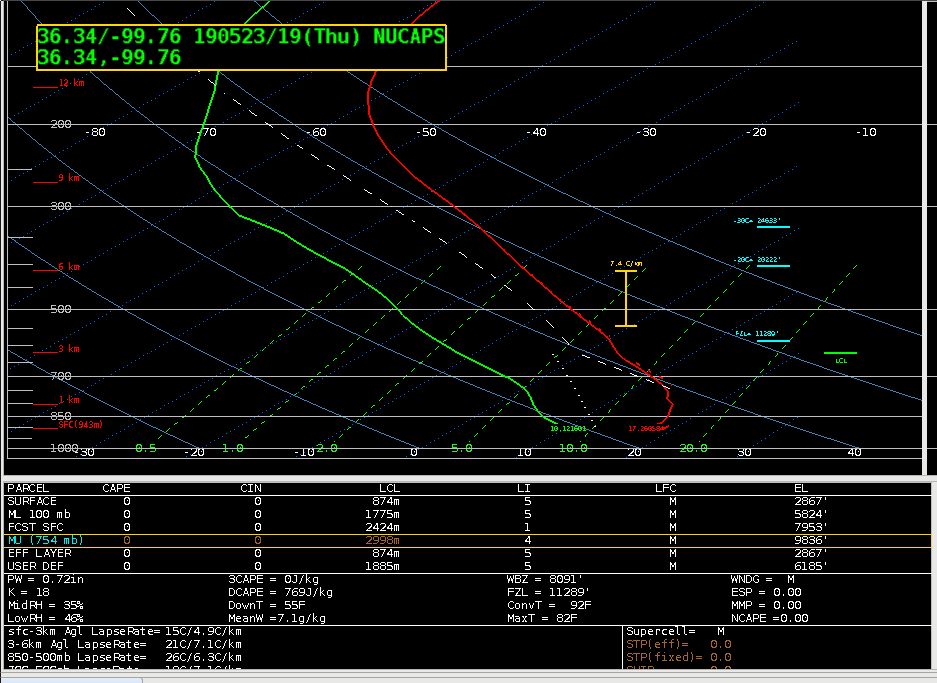 It uses a surface temperature of 63F, and a surface dew point of 50F, both more than 10 degrees below the nearby observations. These inaccurately low values give, as one would expect, no sign of instability (CAPE=0). Looking at the modified NUCAPS gives a different picture, however.
It uses a surface temperature of 63F, and a surface dew point of 50F, both more than 10 degrees below the nearby observations. These inaccurately low values give, as one would expect, no sign of instability (CAPE=0). Looking at the modified NUCAPS gives a different picture, however.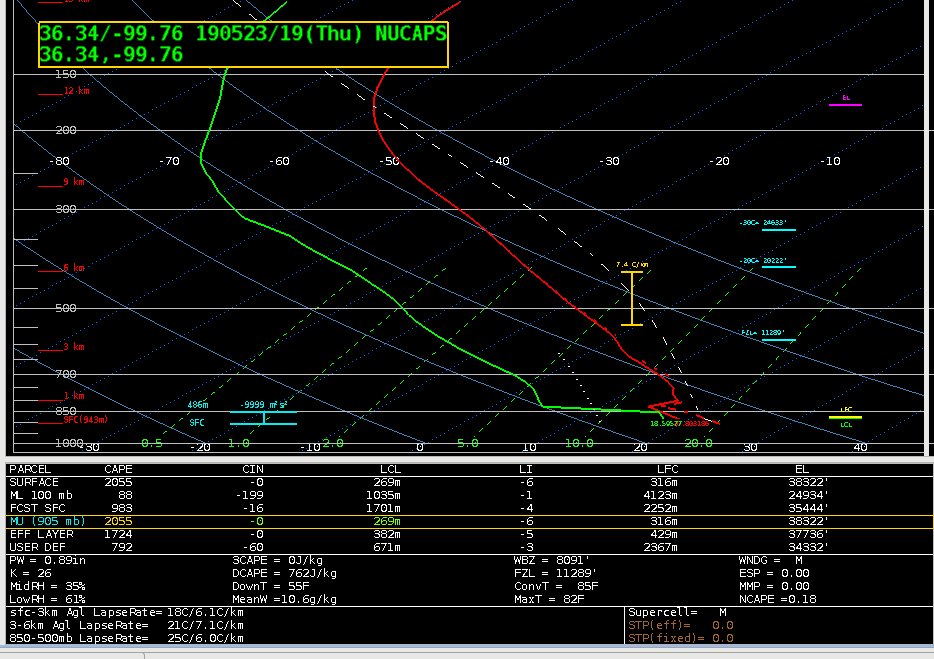 In the modified sounding, the surface temp is 69, and the dew point is 65, which is much closer to the observed surface obs. This changes your surface-based CAPE to 2055 J/kg, vs. 0 from the unmodified. It also has a sharper low level inversion, which one wood expect based on the stratus deck in place.
In the modified sounding, the surface temp is 69, and the dew point is 65, which is much closer to the observed surface obs. This changes your surface-based CAPE to 2055 J/kg, vs. 0 from the unmodified. It also has a sharper low level inversion, which one wood expect based on the stratus deck in place.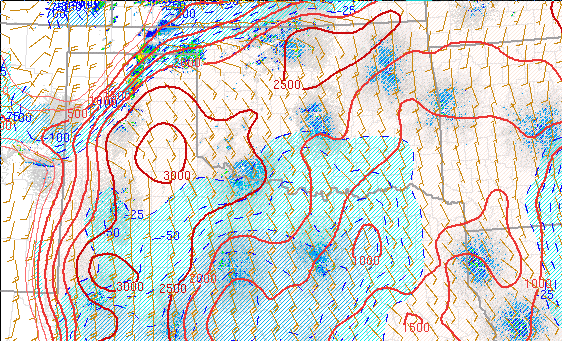 Sure enough, the mesoanalysis shows CAPE at around 2000 J/kg. Clearly, this is another case where the modified NUCAPS sounding is a noticeable improvement over the unmodified sounding.
Sure enough, the mesoanalysis shows CAPE at around 2000 J/kg. Clearly, this is another case where the modified NUCAPS sounding is a noticeable improvement over the unmodified sounding.